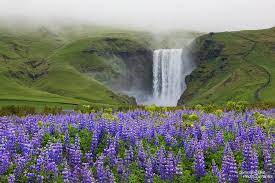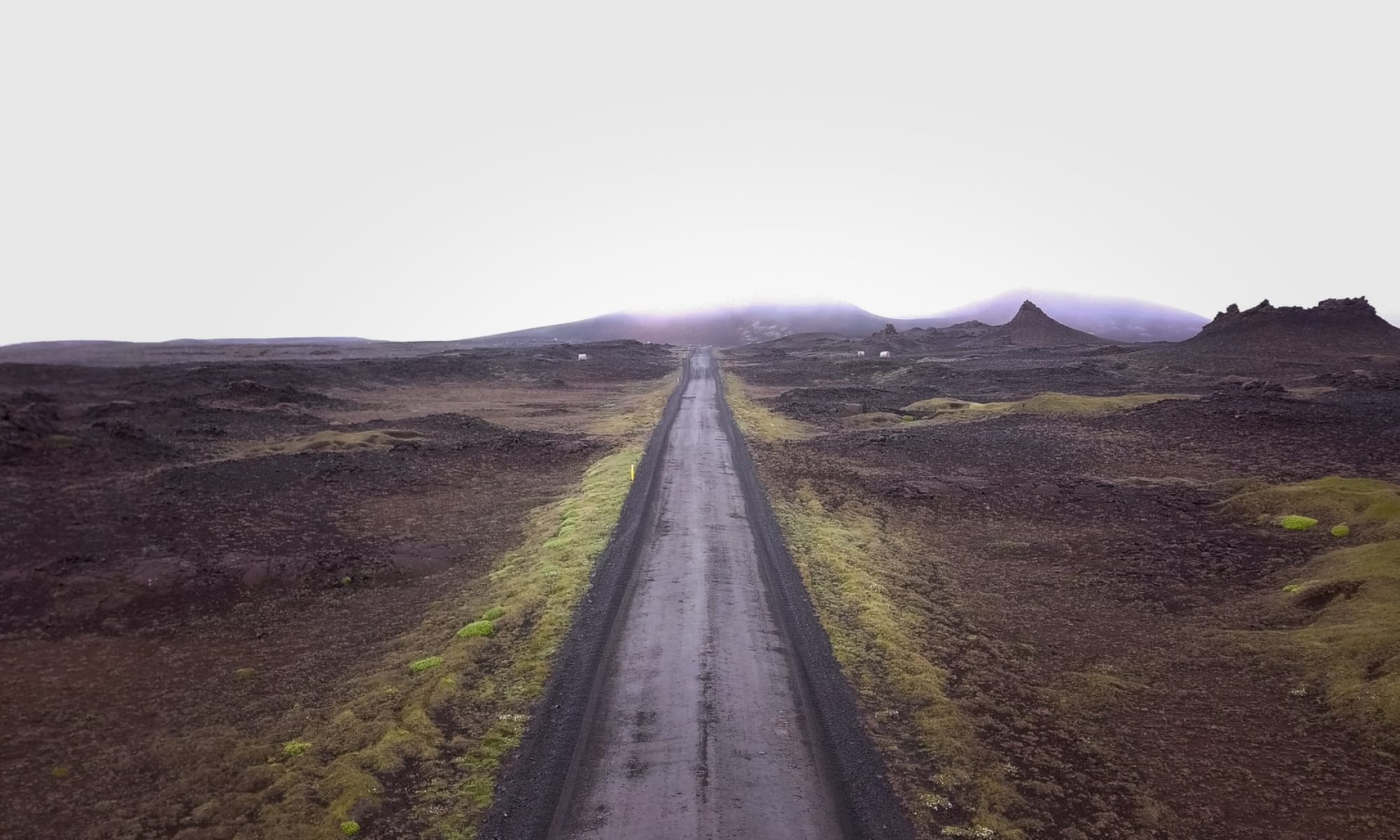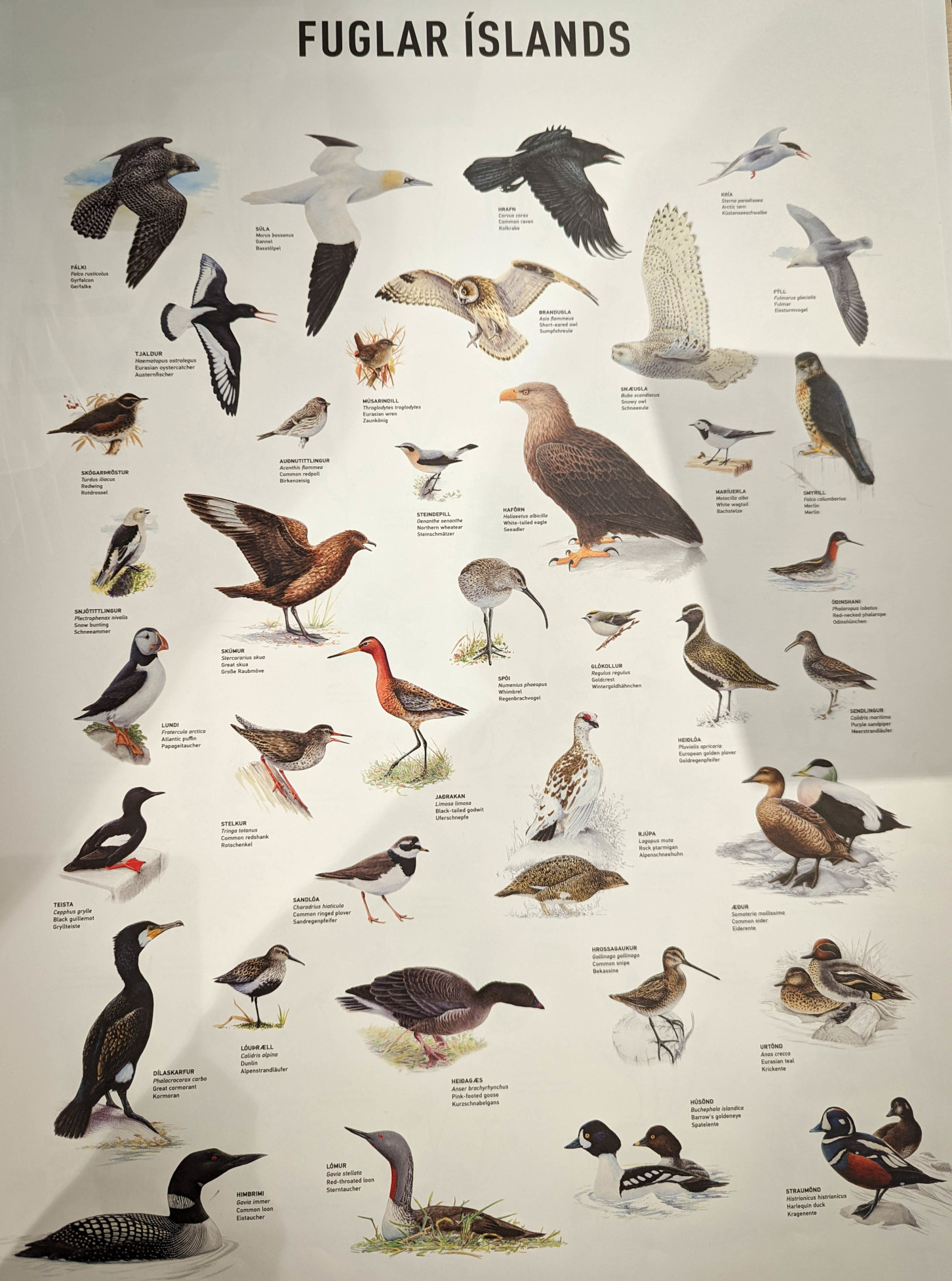
Invertebrates
Broom moth caterpillar (marmite Caterpillar!) – spotted by Mila on the path between the car park and the waterfall at Gullfoss.
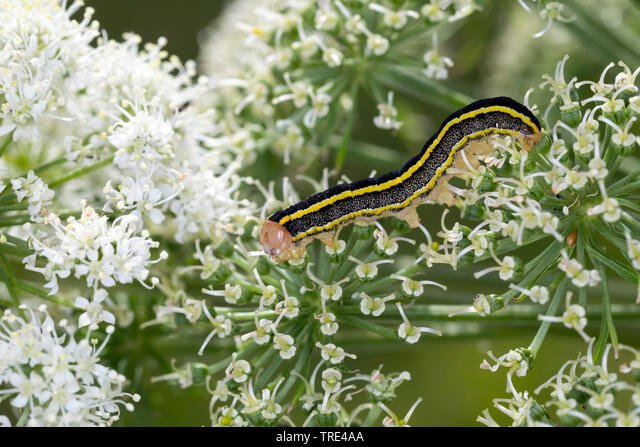
Birds
Gyrfalcon – seen flying along the road between Reykjavik and Geysir. I am assuming it was a Gyrfalcon by picture reference and the fact it was too big to be a merlin. No promises!! A much more definite sighting happened in Siglufjordur, where I saw a pair playing on the thermals.
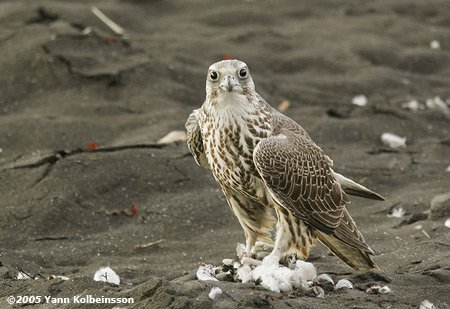
Rock Ptarmigan – in summer plumage wandered onto the path in front of us as we explored the geysirs late at night. It had flashes of white under it’s wings and didn’t bother flying away from us, just waddled along the path until it go where it was going.

Greylag goose – spotted next to a small lake at the side of the road in a family of about 6.
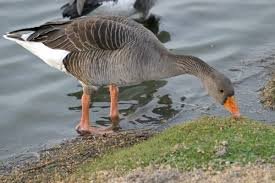
Whooper Swan – again a really common bird seen in fields and alongside water of every description in massive numbers. Flocks seen on the sea as well.
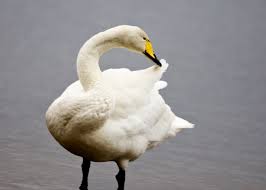
Black backed gull – no idea whether we saw the greater or the lesser or both. If anyone wants to teach me how to spot the difference…
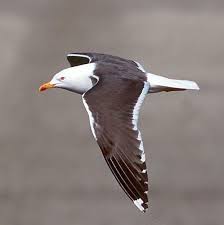

Oyster catcher – we saw these at the edge of every gravel road; on every field and at the edge of every puddle. Keith claimed to keep missing them!
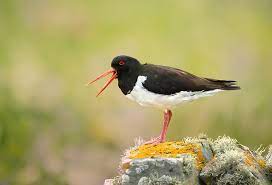
Arctic tern – We got slightly attacked by these on a beach when we got a bit close to resting juveniles and saw them at the edge of the sea everywhere we saw the sea!


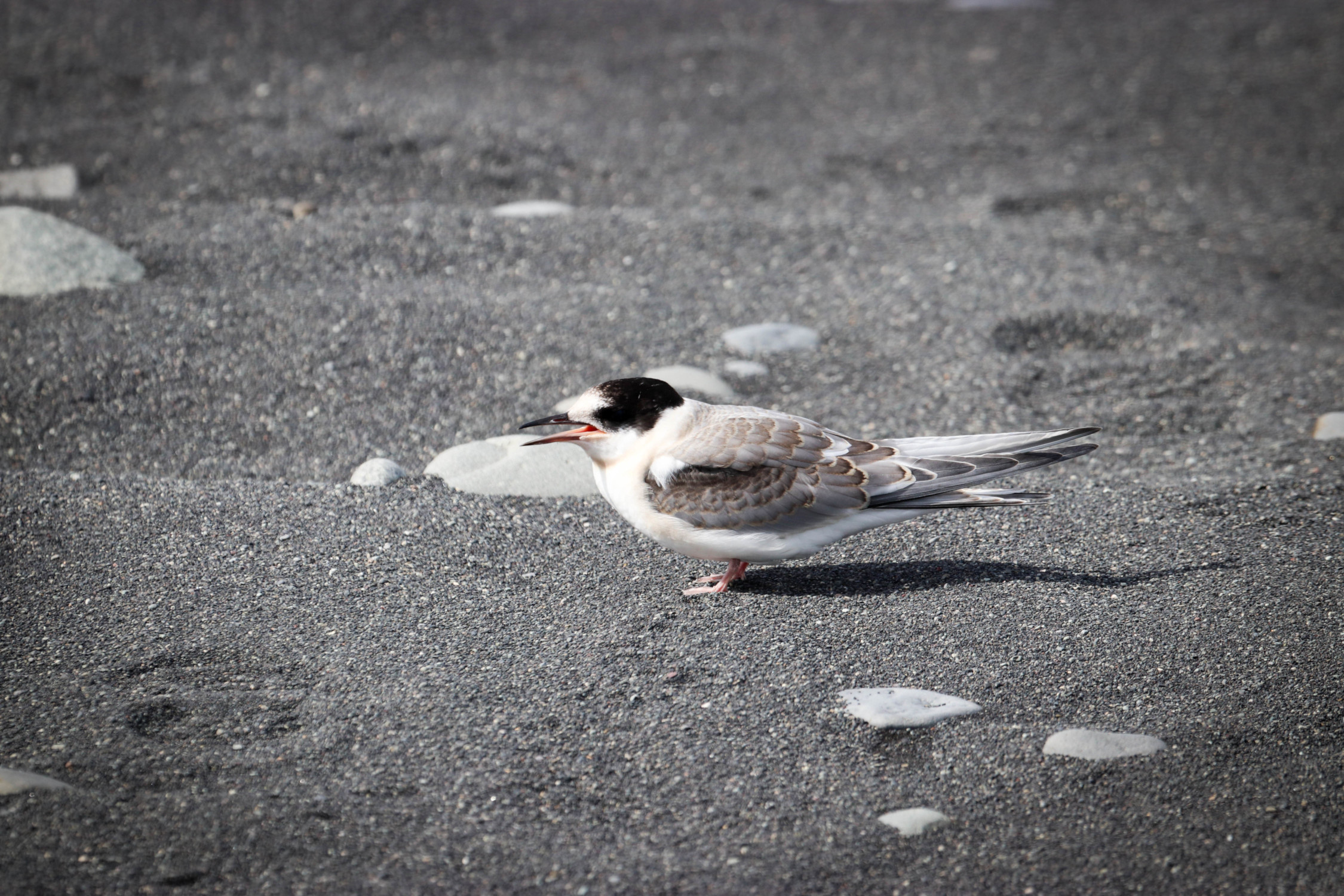
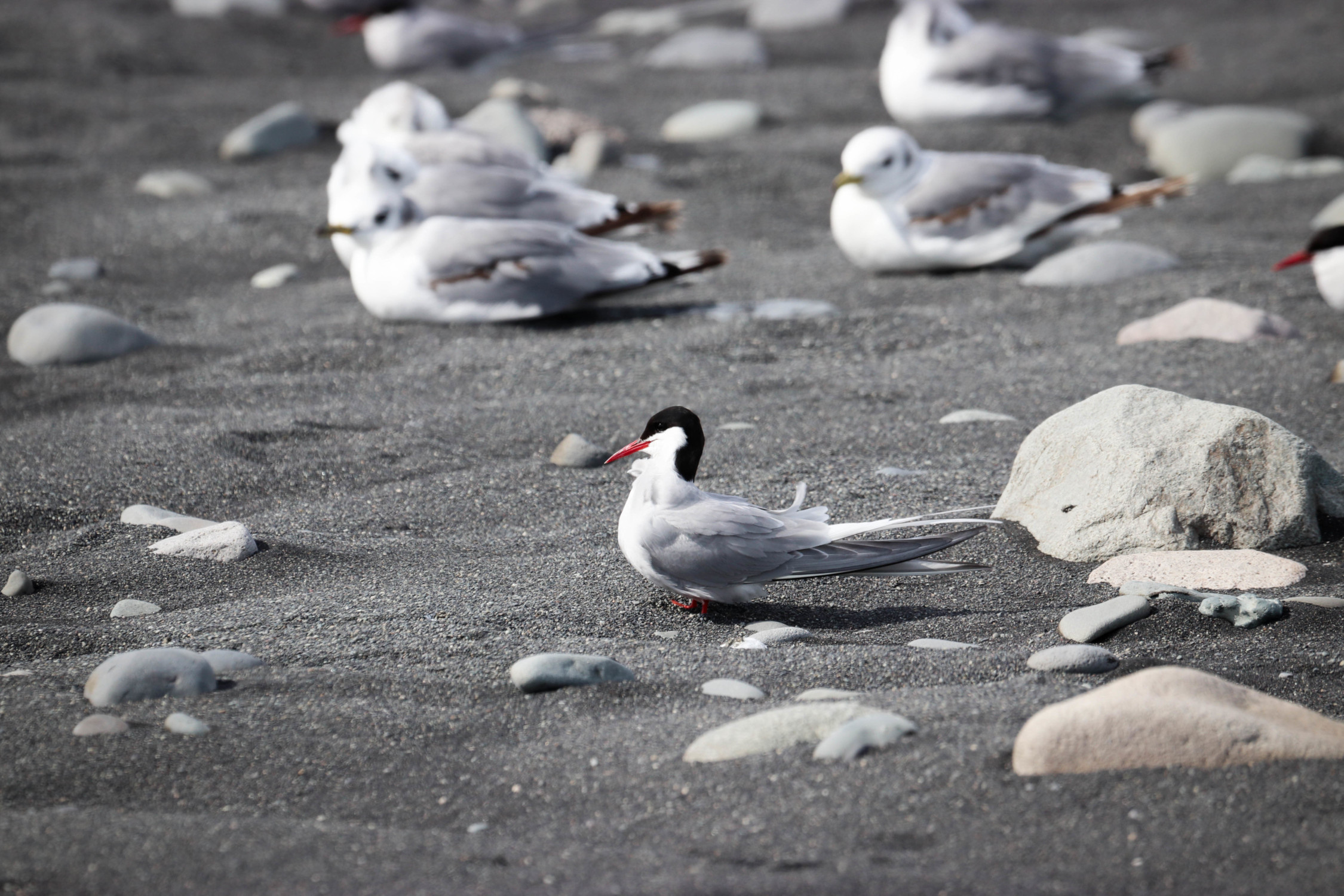

Arctic Skua – seen on a tarmac road in the way to Gluggafoss and then EVERYWHERE we went on the coast. They confused me as I thought I was watching two separate birds until I worked out they have dark and light phase and were the same bird. We frequently saw them harassing other sea birds: arctic terns particularly.
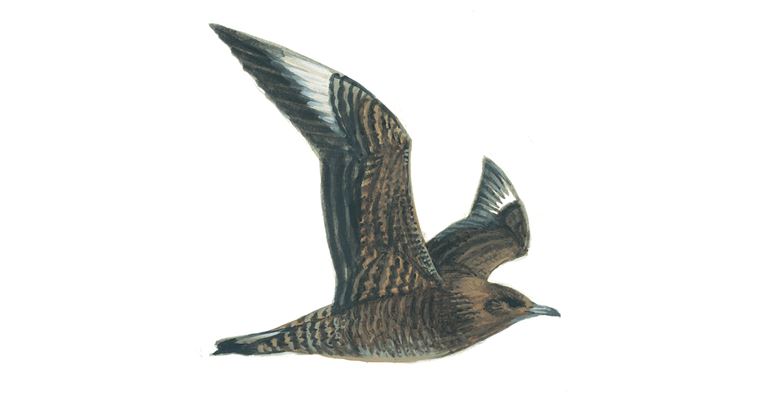
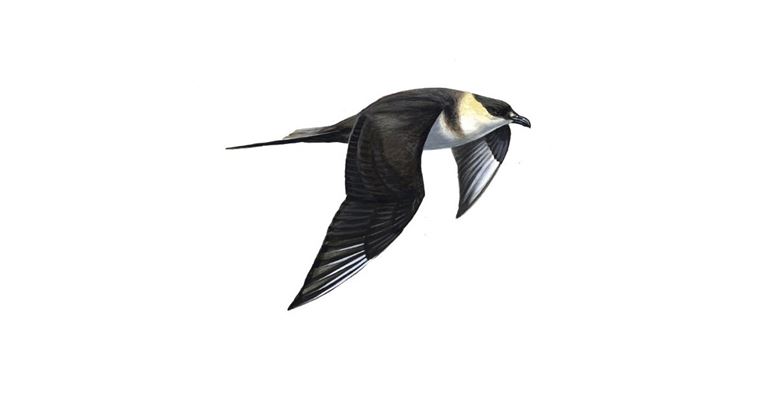
White wagtail – seen at Gluggafoss taking insects from the moss walls and the edges of the quieter water.
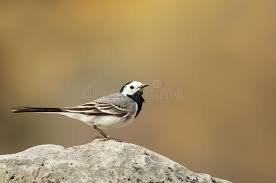
Common snipe – we saw this everywhere there was water!! Common indeed.

Puffin
We saw puffins in two places: Dyrholaey and Borgarfjordur. We were told that the second (Borgarfjordur) was the best and most reliable, but obviously this is entirely dependent on the season. We saw literally thousands in the colony at Dyrholaey and they were constantly flying from the cliffs to the sea and back – so we assumed they were still feeding young. At Borgarfjordur, about a week later, we still saw some puffins flying back and forth and these ones were clearly successful in their hunting – returning with fish – most of the birds were sitting our on the sea resting. I presumed that was families whose chicks had fledged.
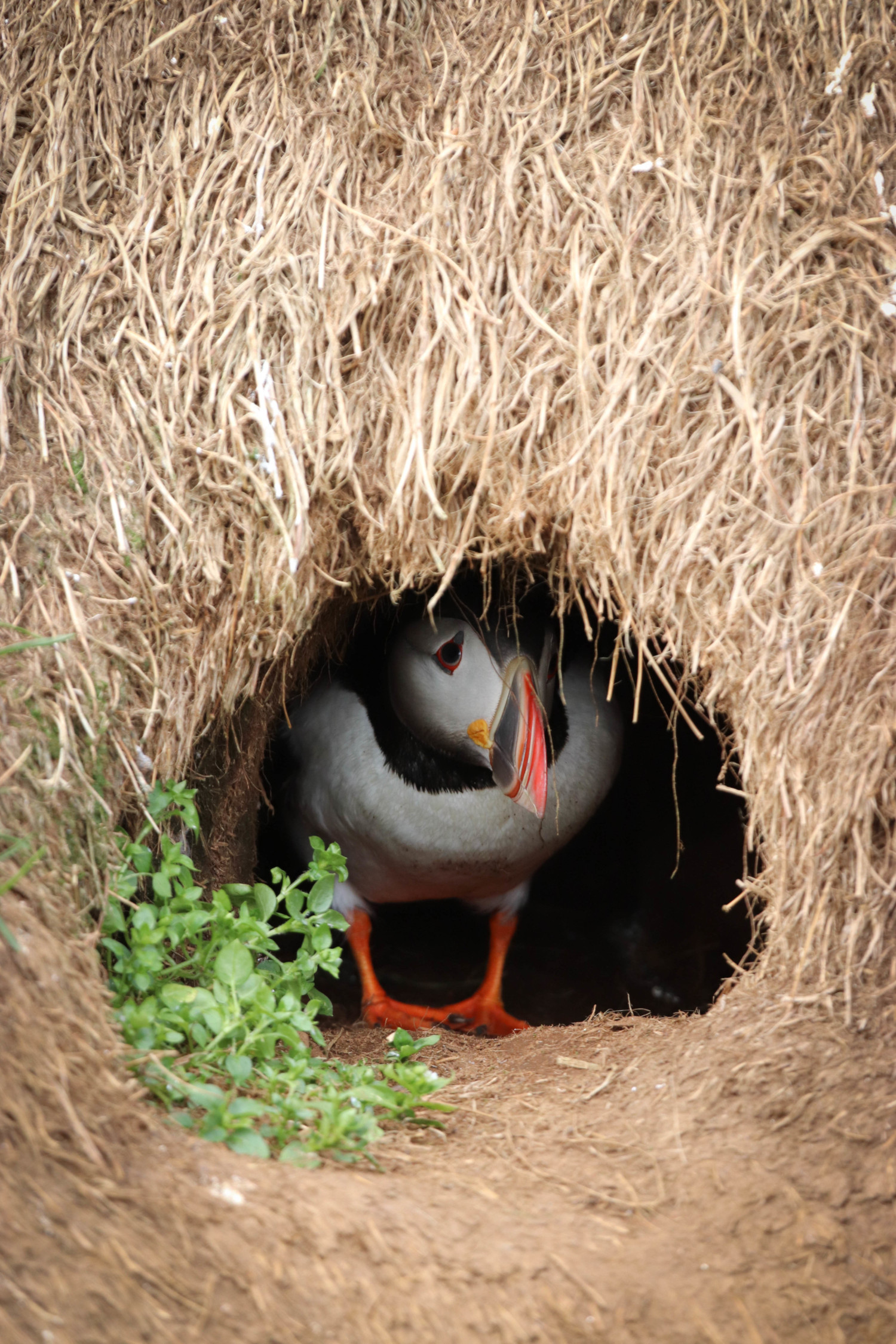
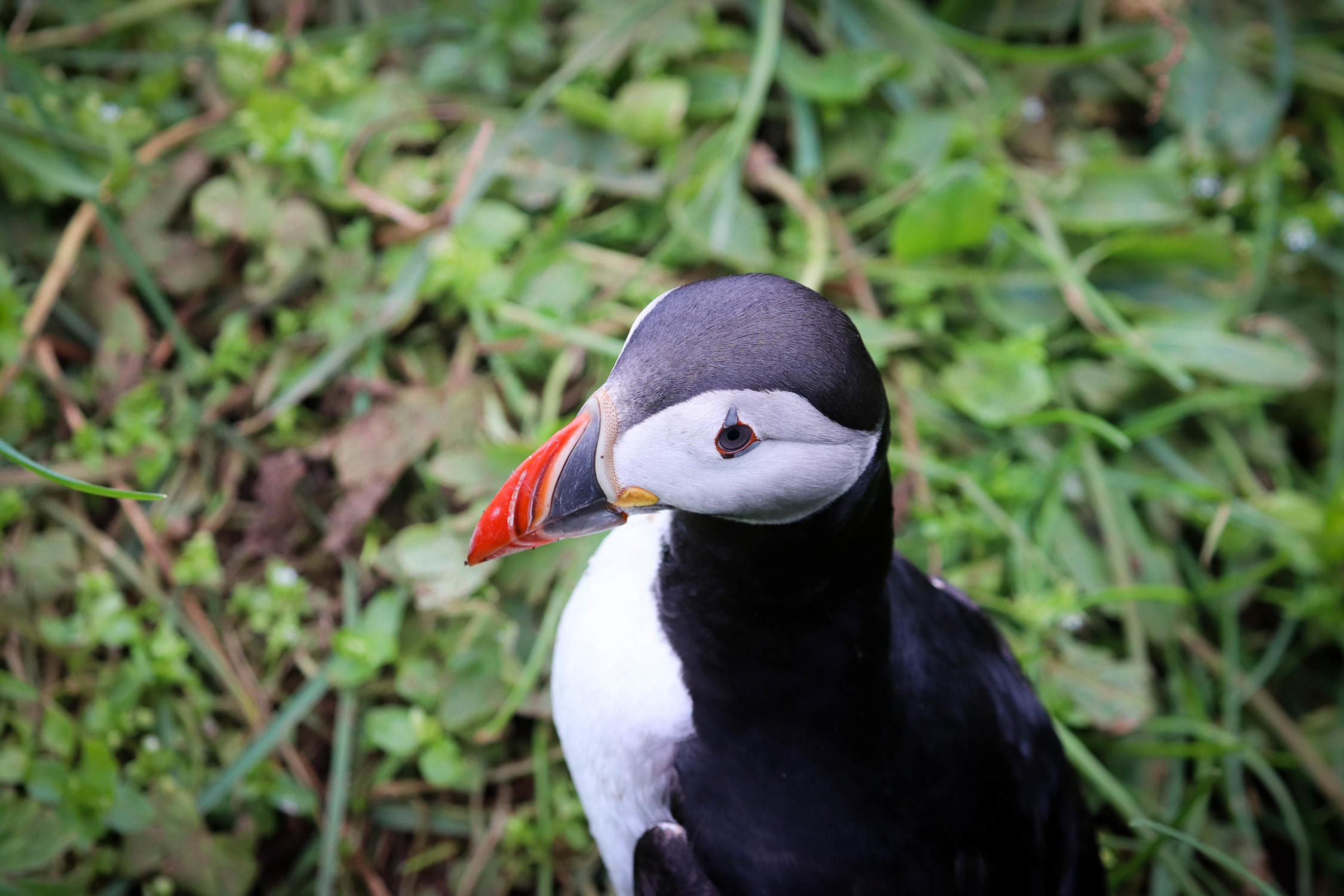

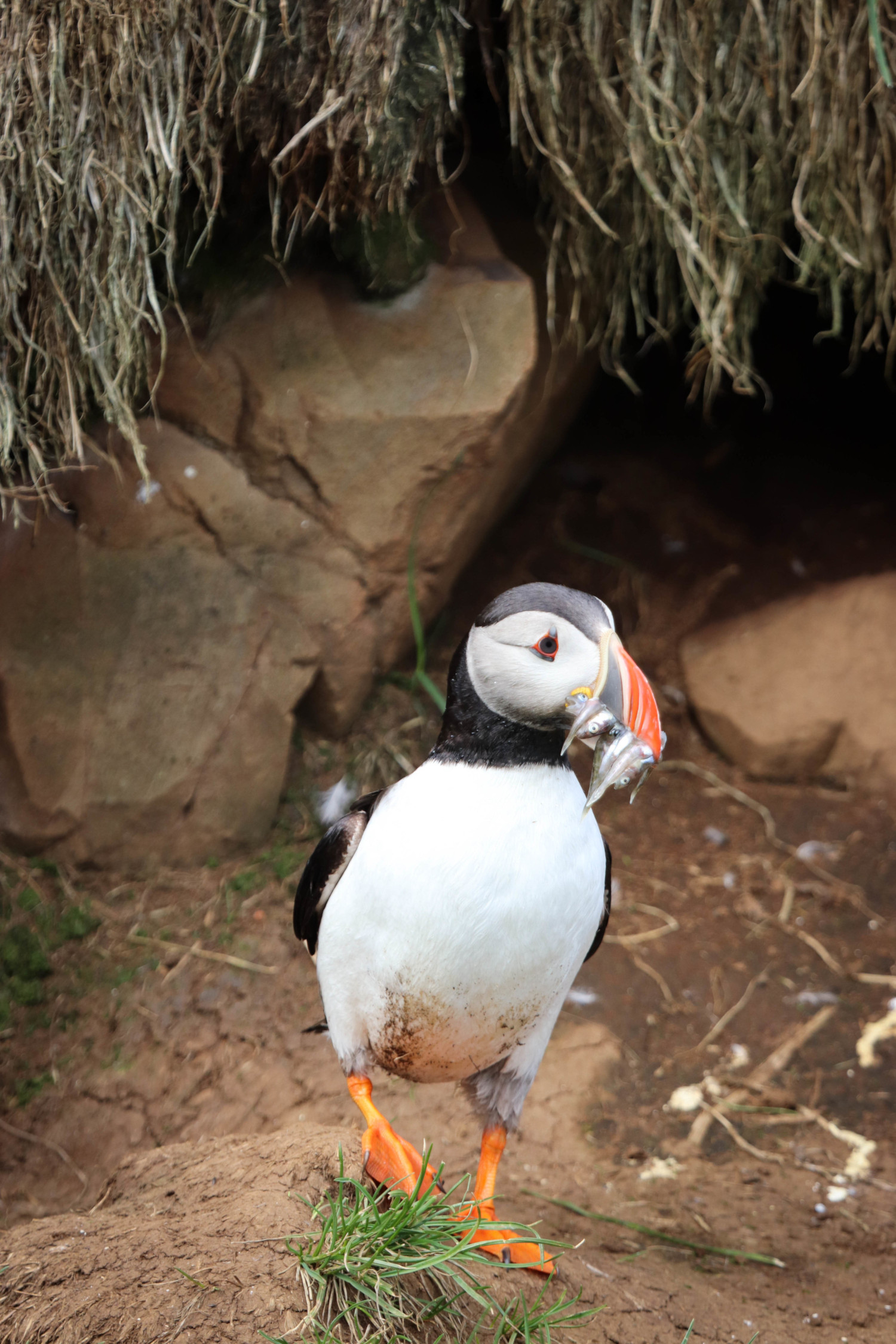
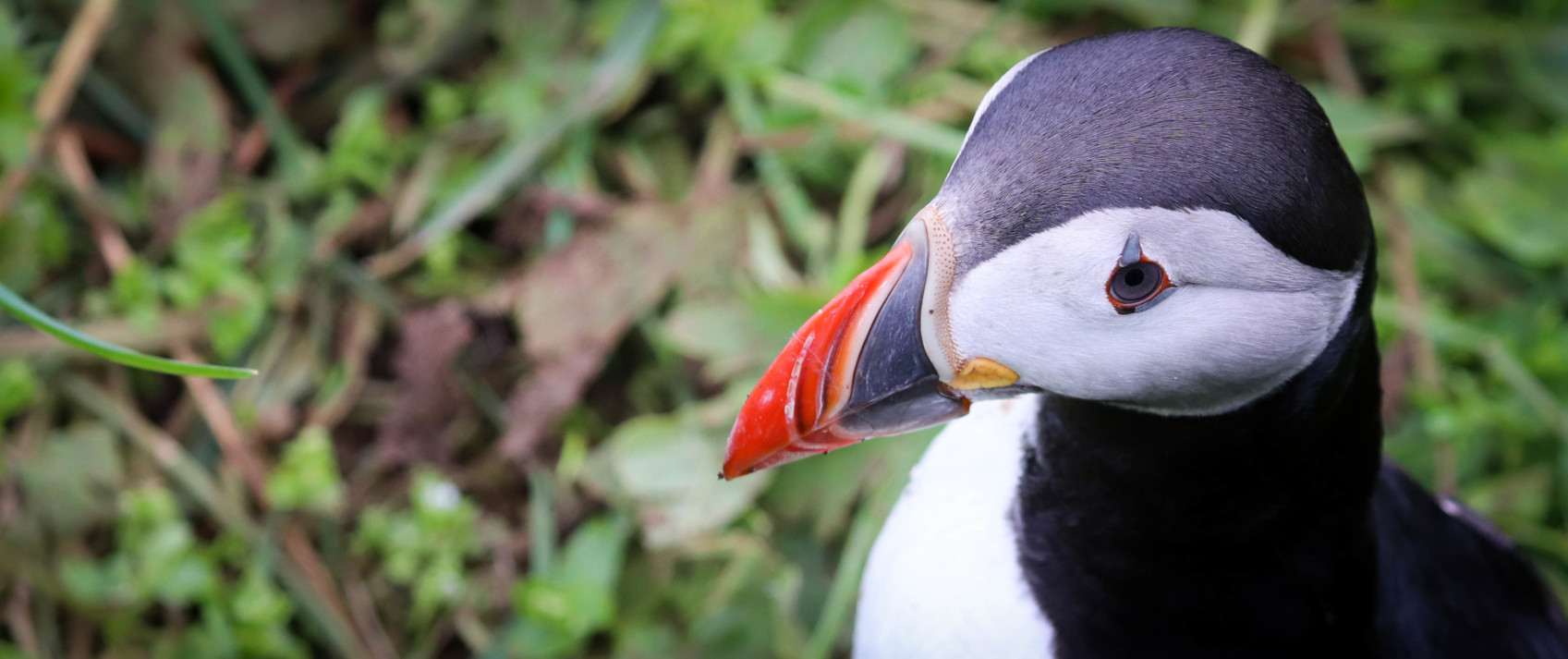

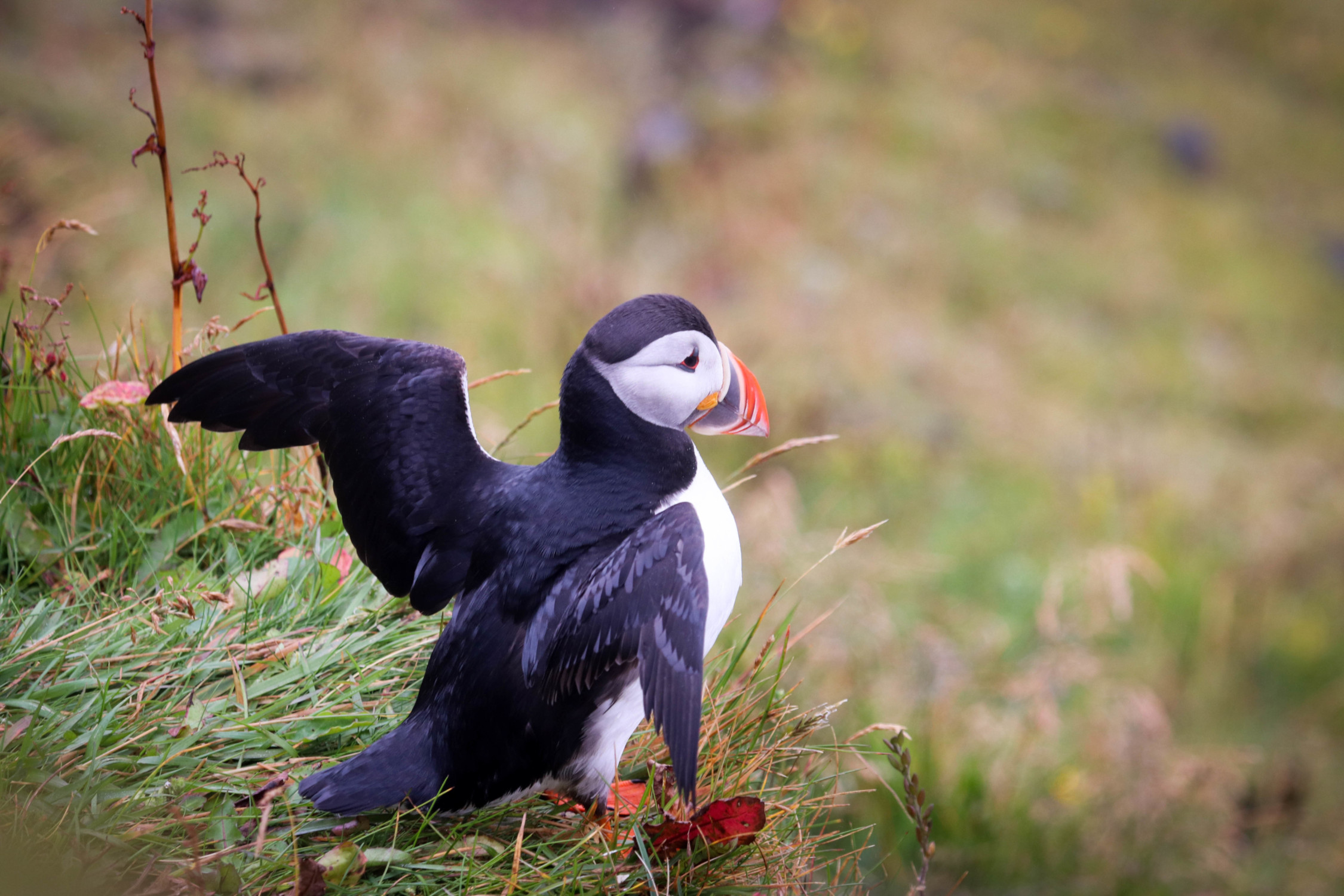
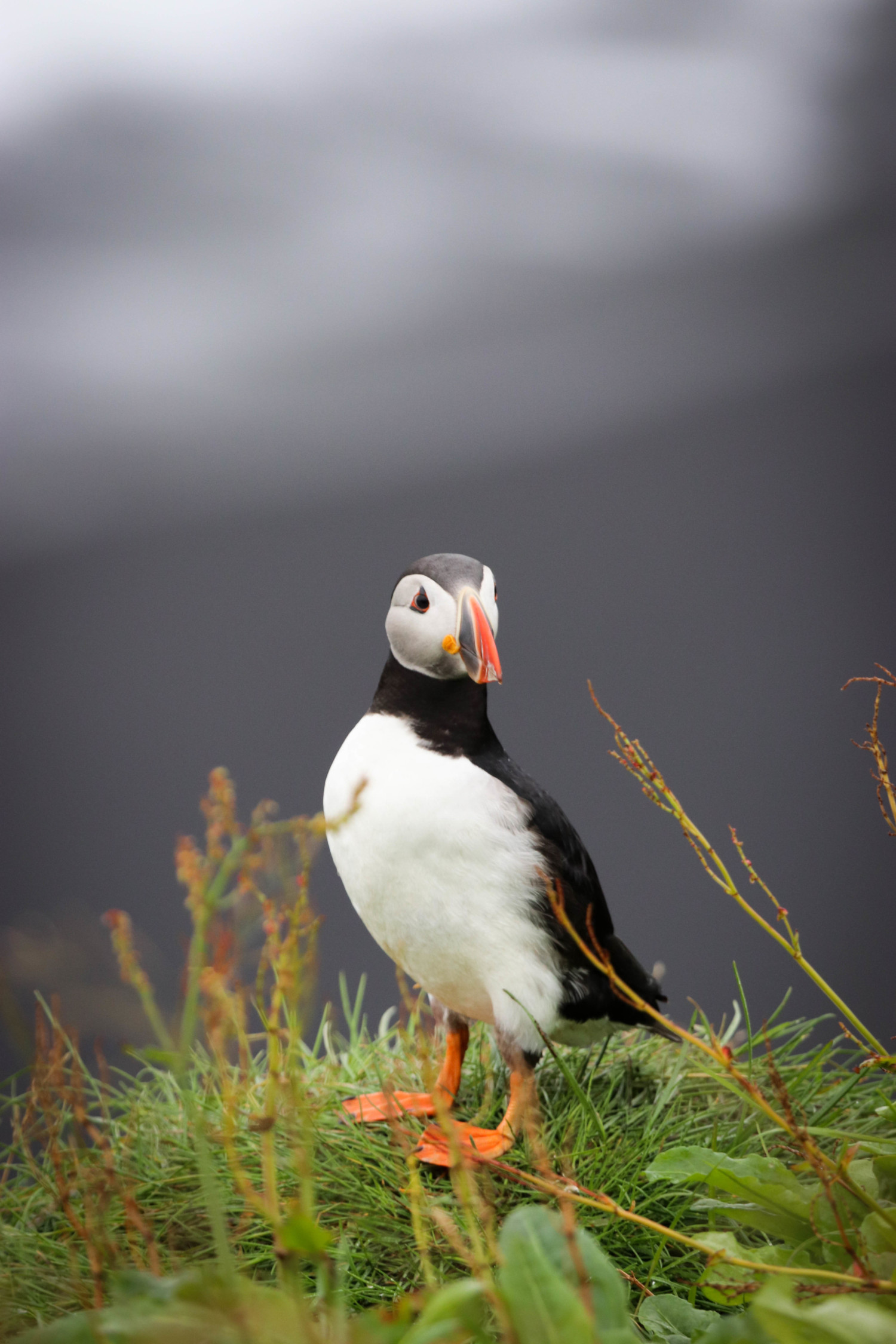
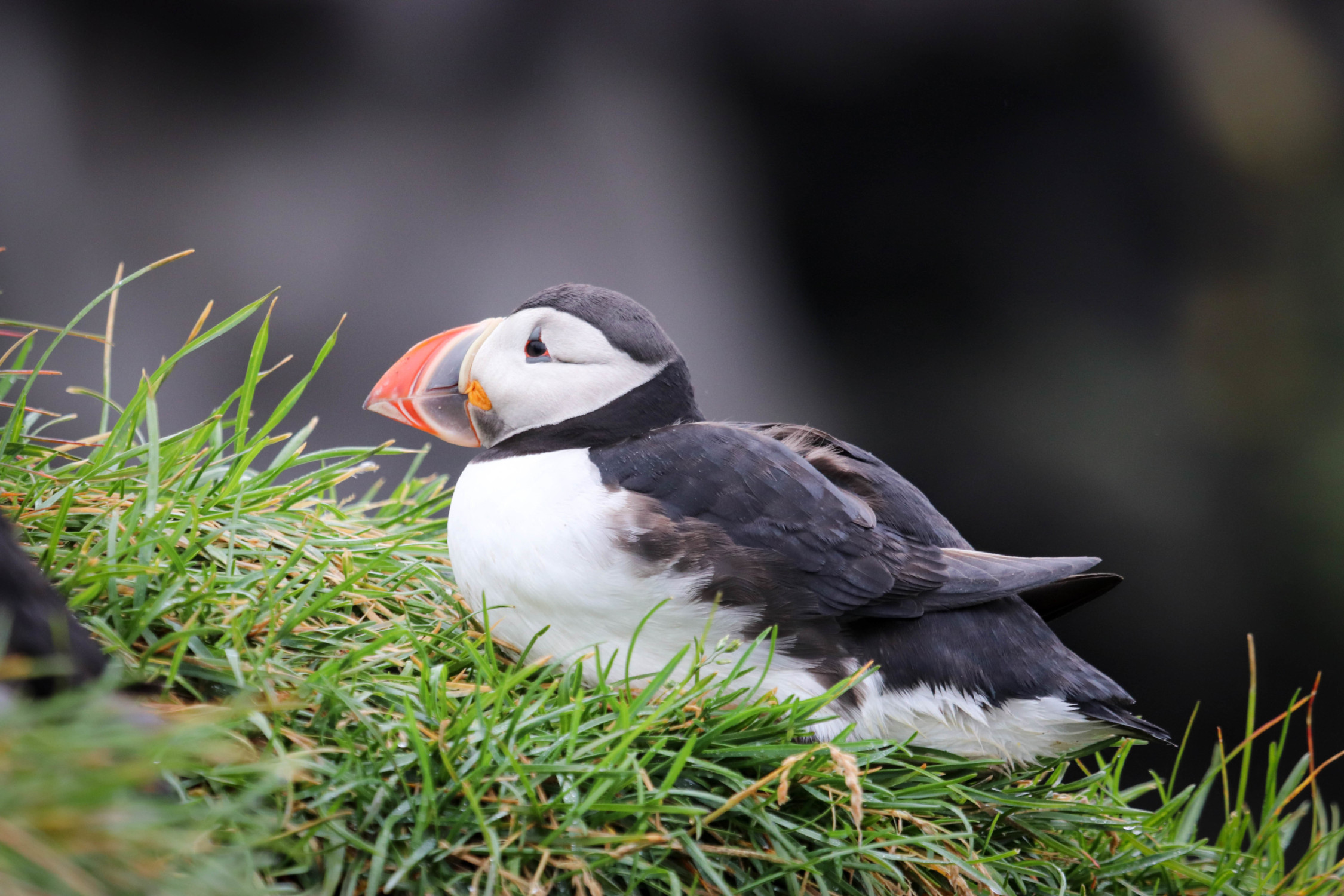
Shag – Danny spotted this and thought it was a cormorant, but when we looked at the pictures, pretty sure it was a shag…
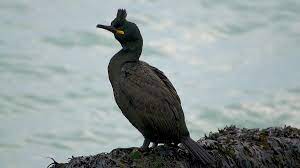
Fulmar – Once I had worked out what these were, I saw them everywhere! We also saw them nesting with the puffins.
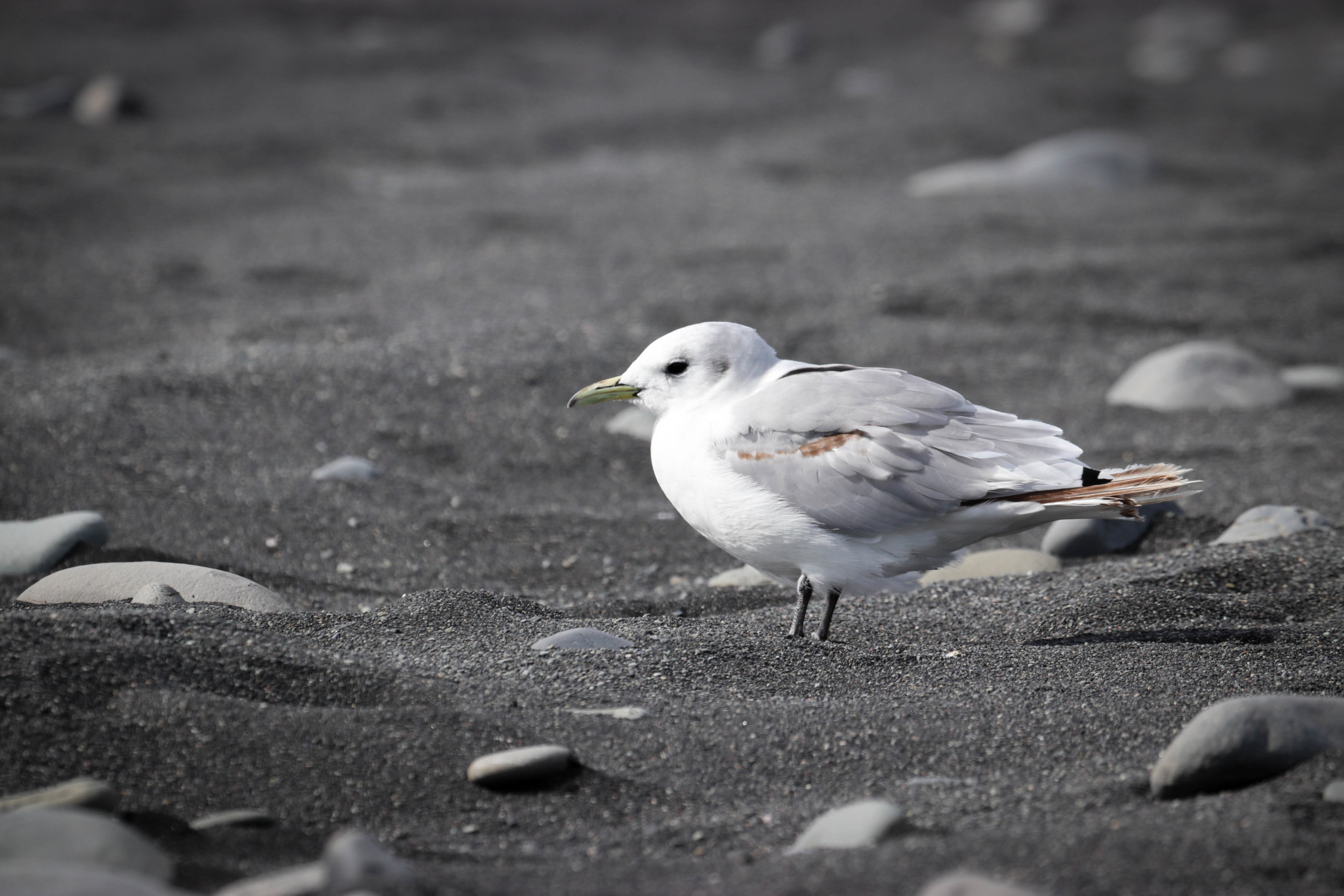

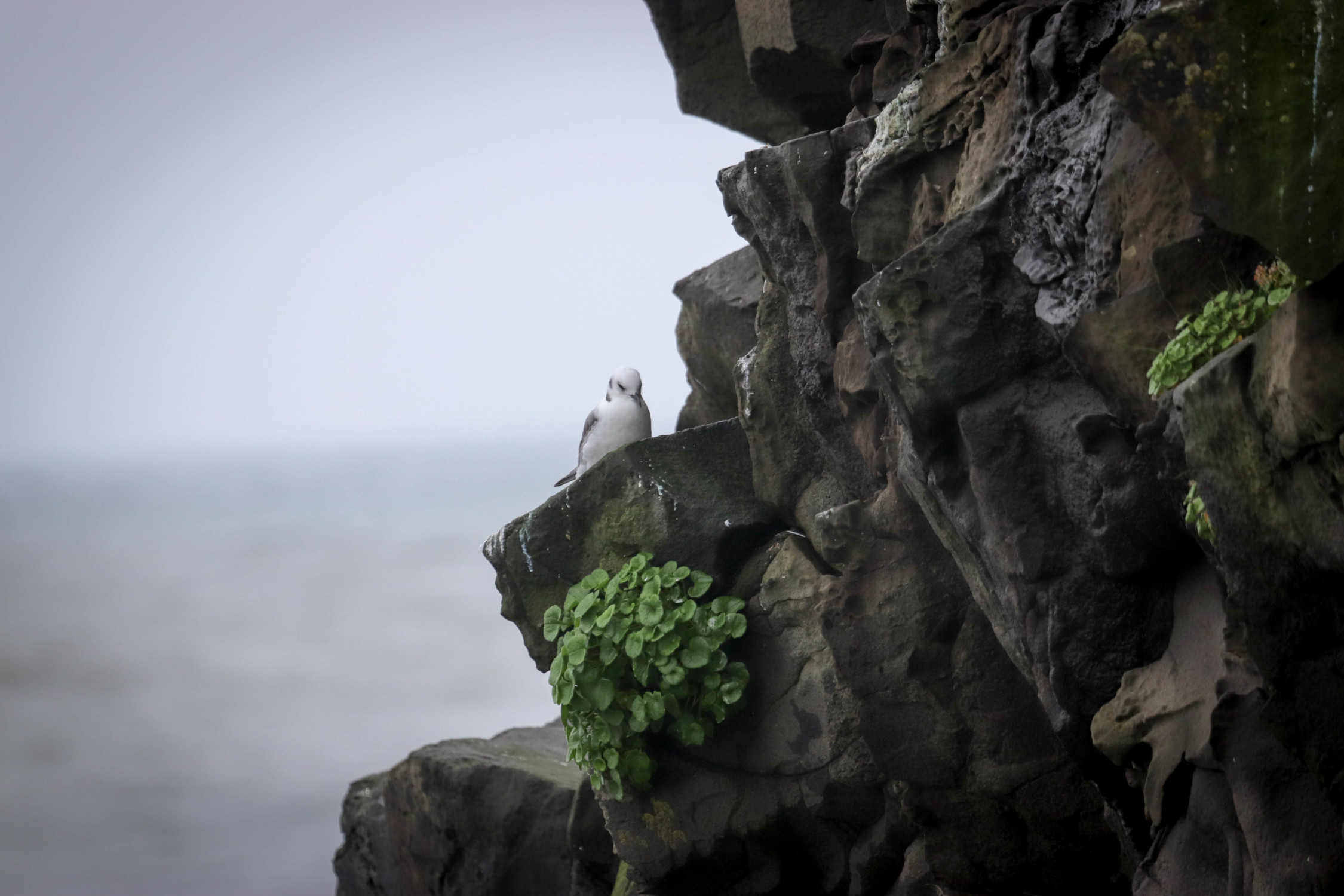
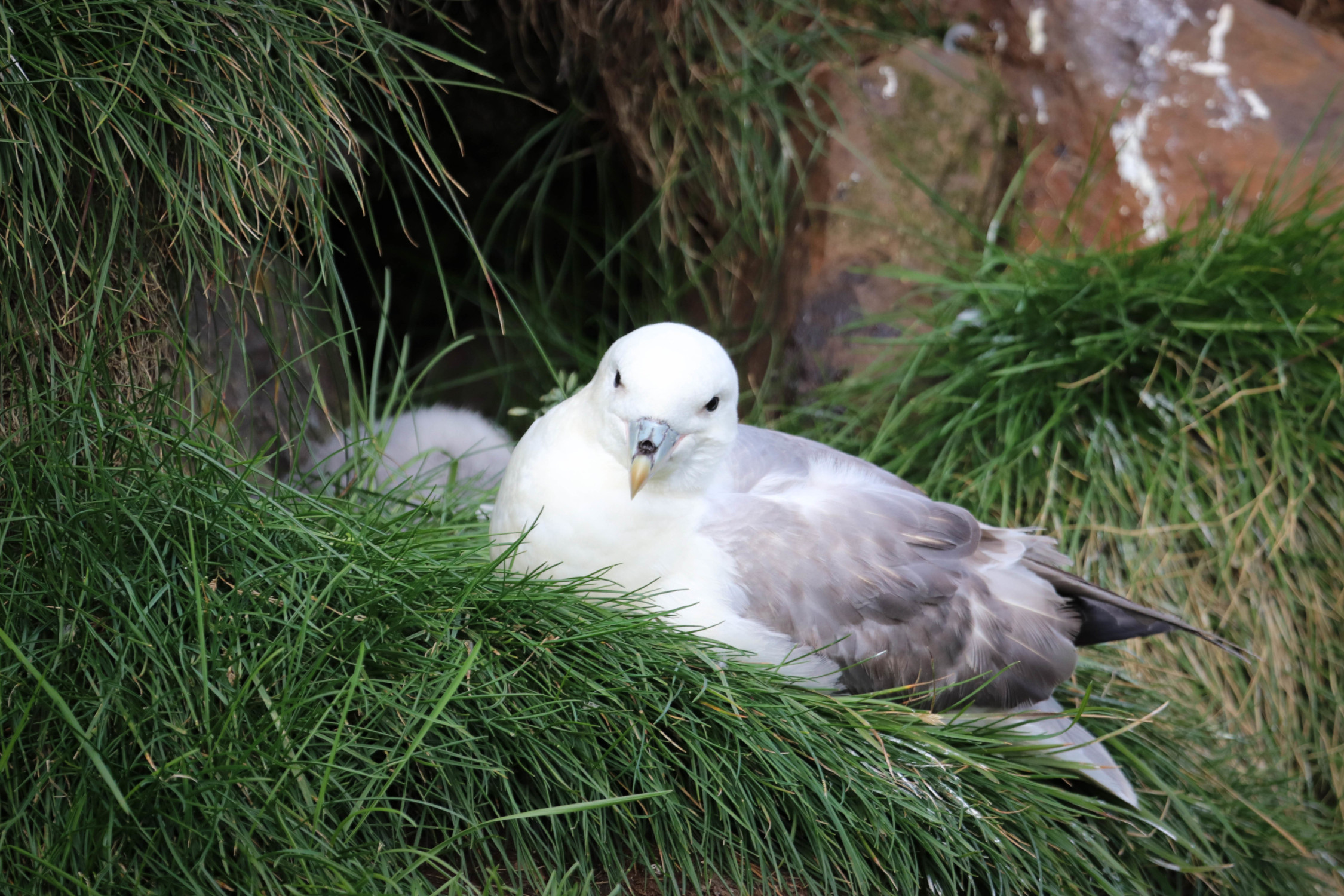
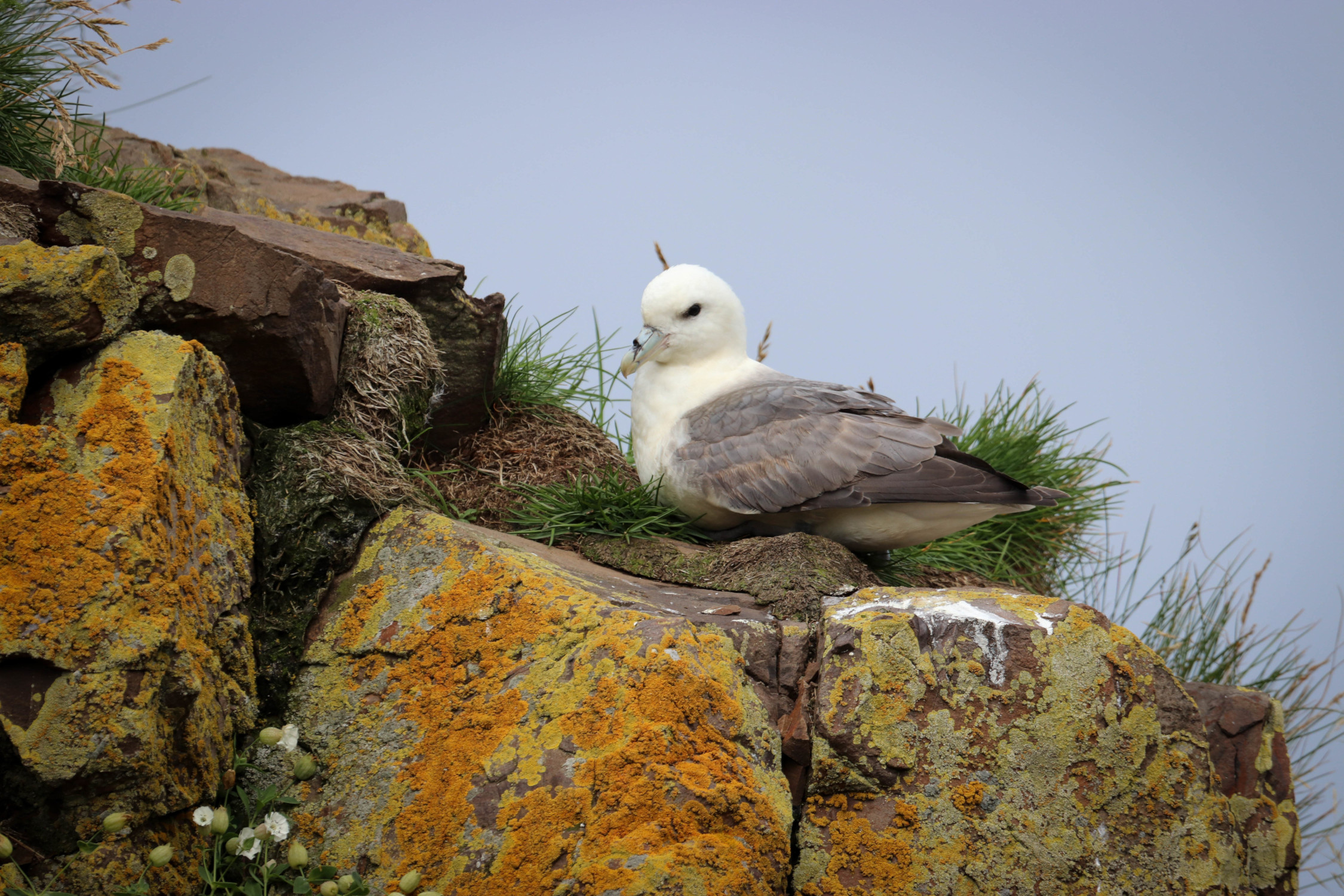
Kittiwake – these were easy to identify feeding on the nest as they were SO noisy!! When they were flying, it was much harder.
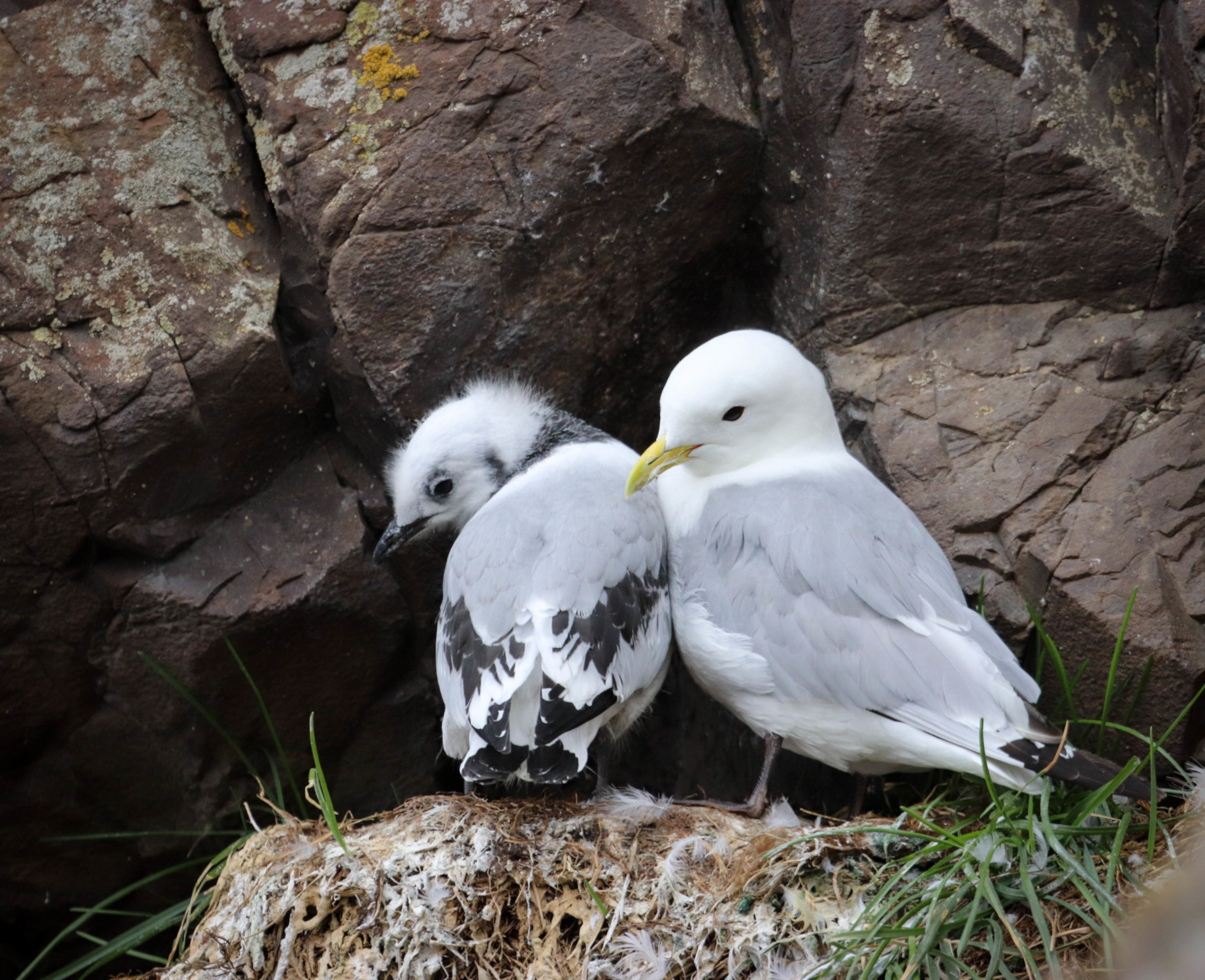
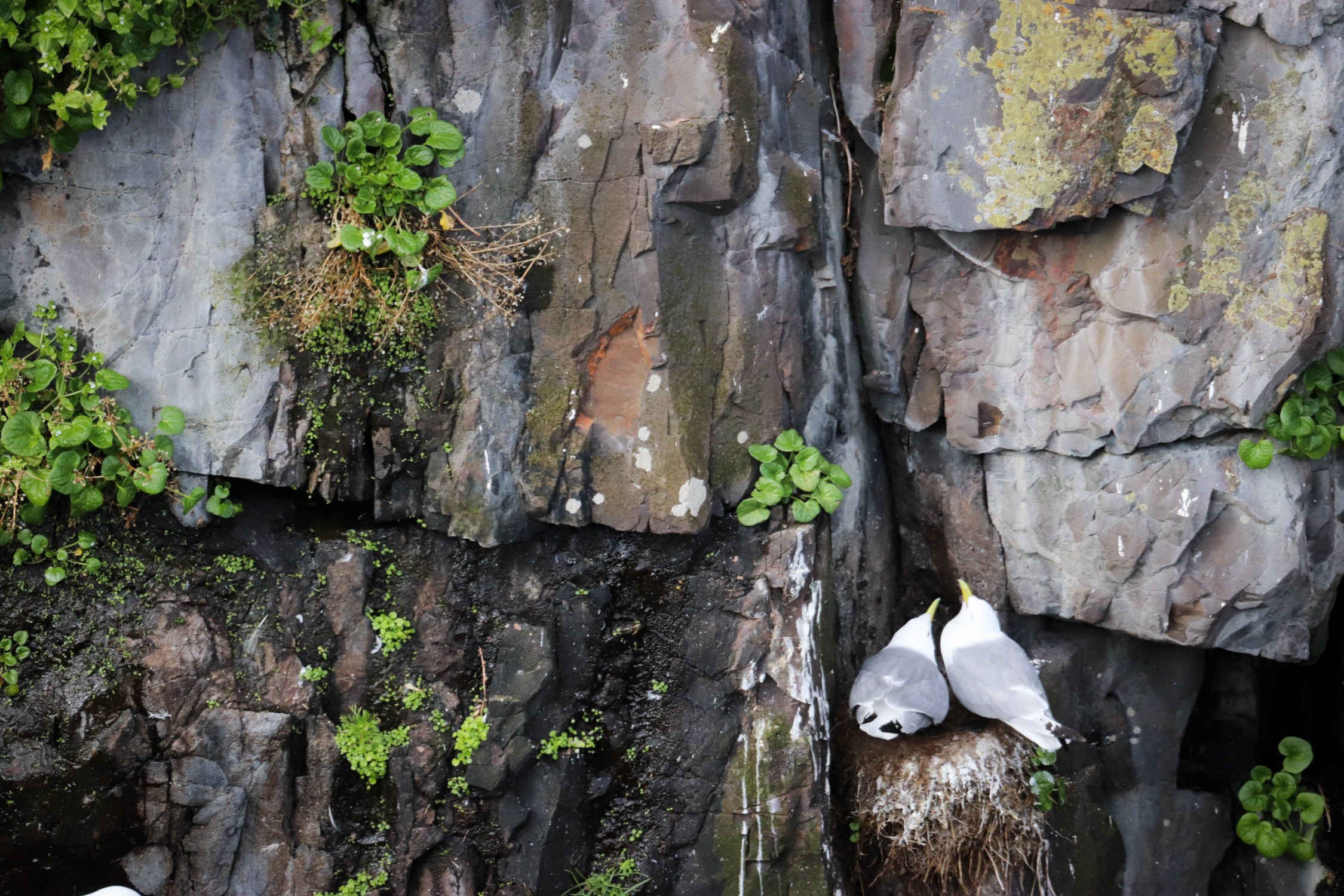
We also saw wrens, black birds, starlings, ravens and a red wing that required a direct translation from the latin by one of our guides. Thanks god for google!!
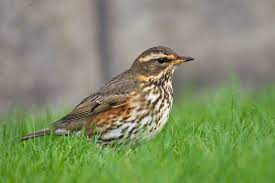


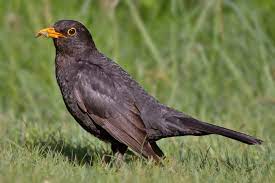

Mammals
Icelandic horses – we saw more of these than I would have expected to support the tourists who want to ride them. I assume they are kept for breeding and export as well as they must be expensive to feed over the winter.
Few horse breeds have more than four gaits. The Icelandic Horse is a breed apart from all other horse breeds, in more than a few aspects, and among its most celebrated features is its five natural, and unique gaits: the walk, the trot, the canter, the tölt, and the flying pace.
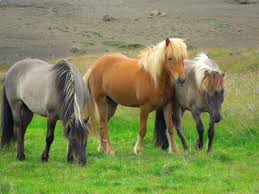
Sheep – Icelandic sheep are particularly stupid. Icelandic people constantly moan about how stupid their sheep are: they go into cracks and get stuck, they fall over and can’t get up, they fall into caves and have to be rescued. Poor sheep!!
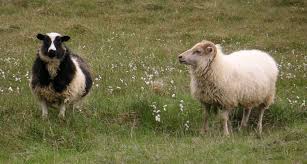
Cows – we saw more cows than I expected, but apparently they are kept indoors throughout the winter as they wouldn’t cope with the extreme cold. They were very pretty and didn’t seem to be kept in “breed herds” like we see in this country.
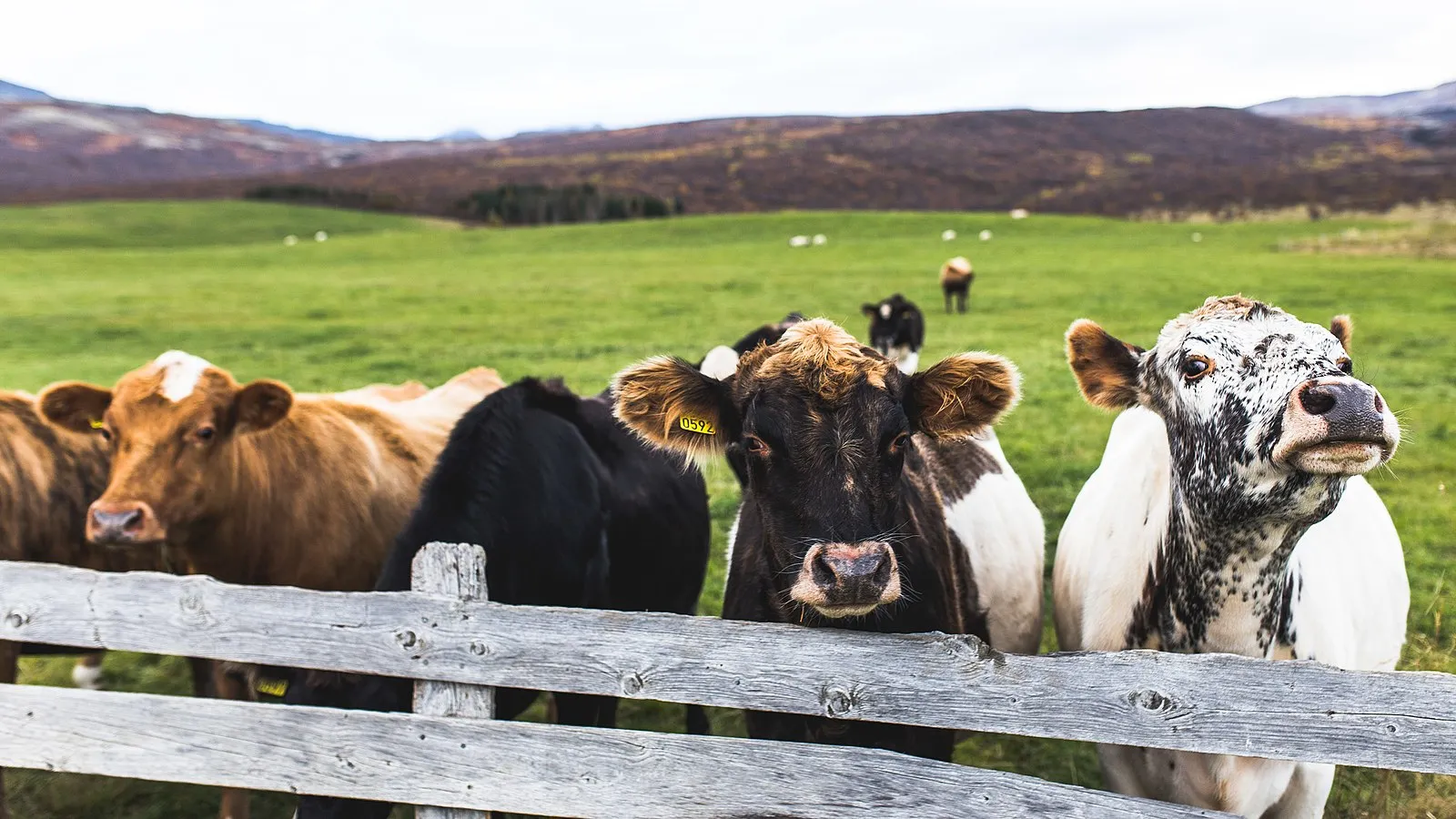
Goats – we were warned that we would see loads of these, but actually we only saw them once, running full tilt down the road we were driving on. I am not sure if they were escaping or commuting!!
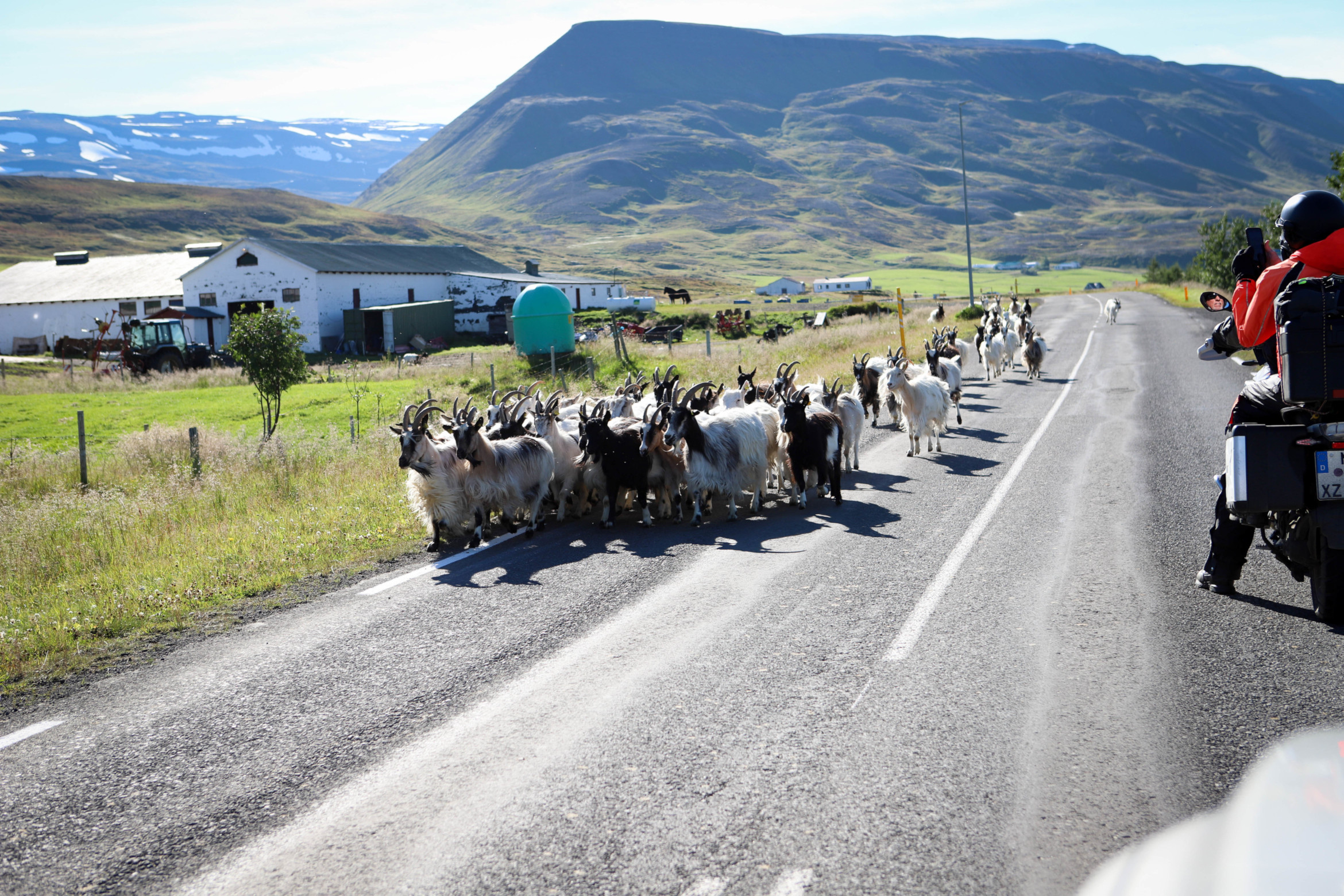
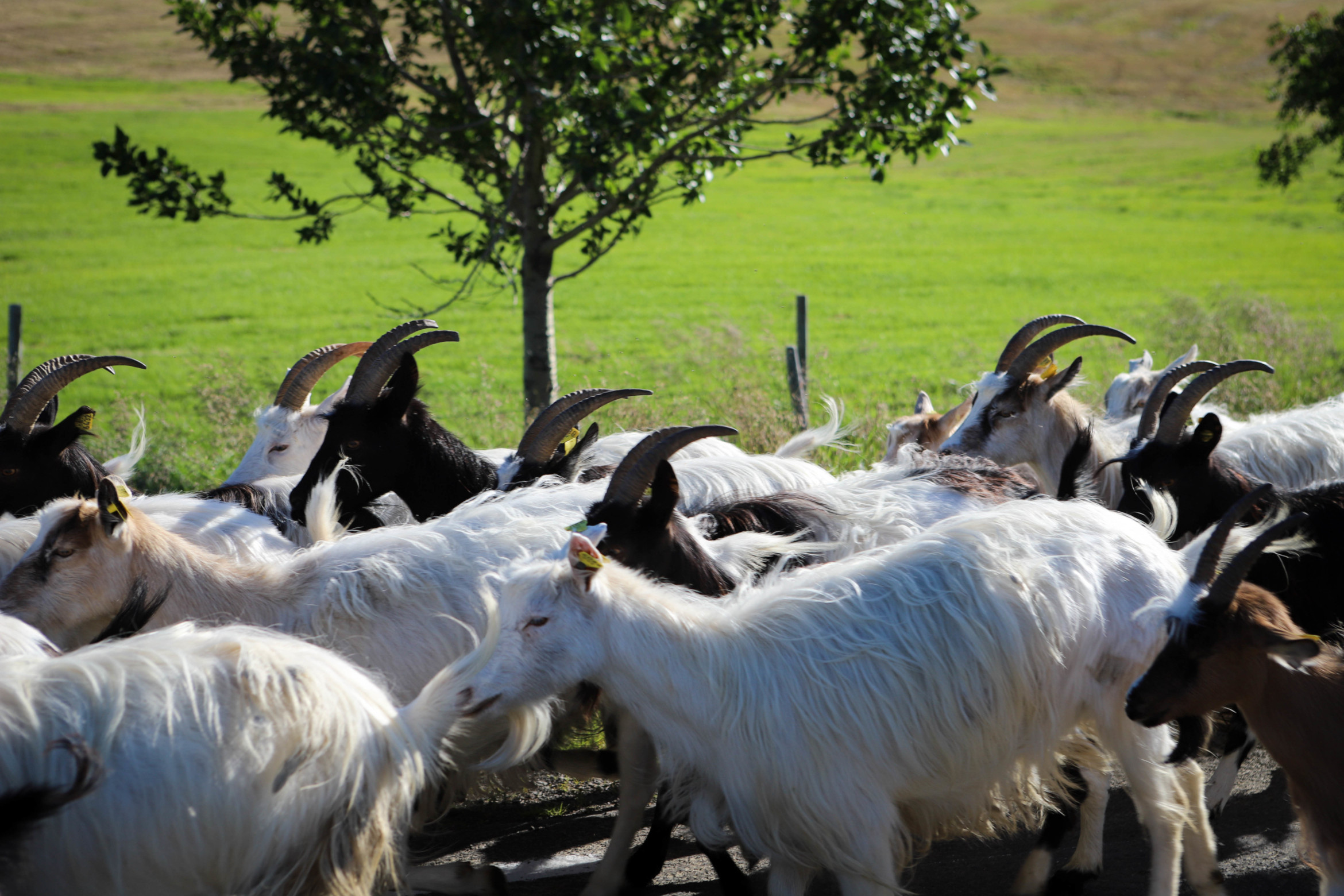
Harbour seals – these were such a joy to observe. We saw them in the glacier lagoon, on the beach outside the glacier lagoon and near the puffin sanctuary. We were hoping to visit another two seal colonies, but didn’t have time. Next trip!!
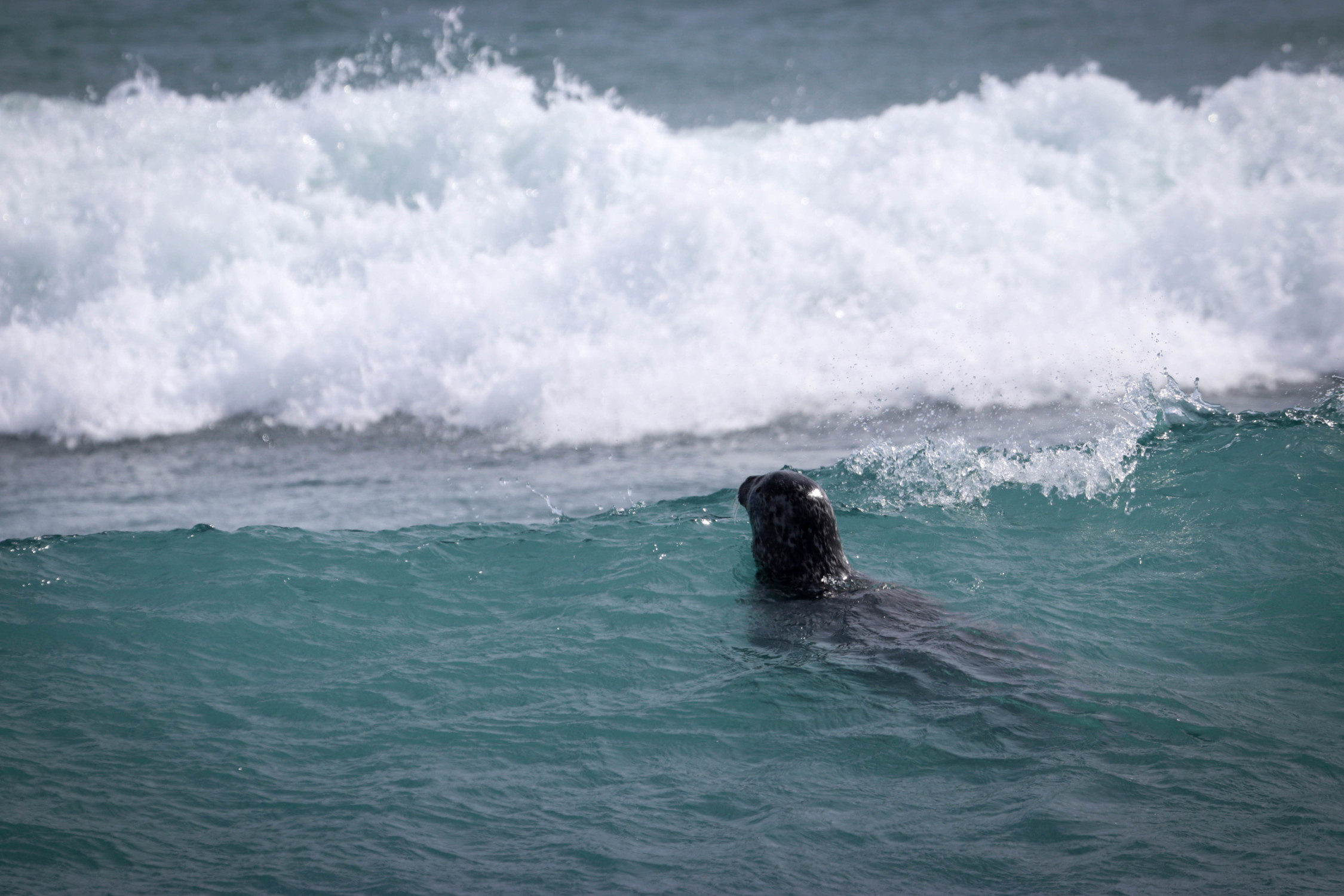
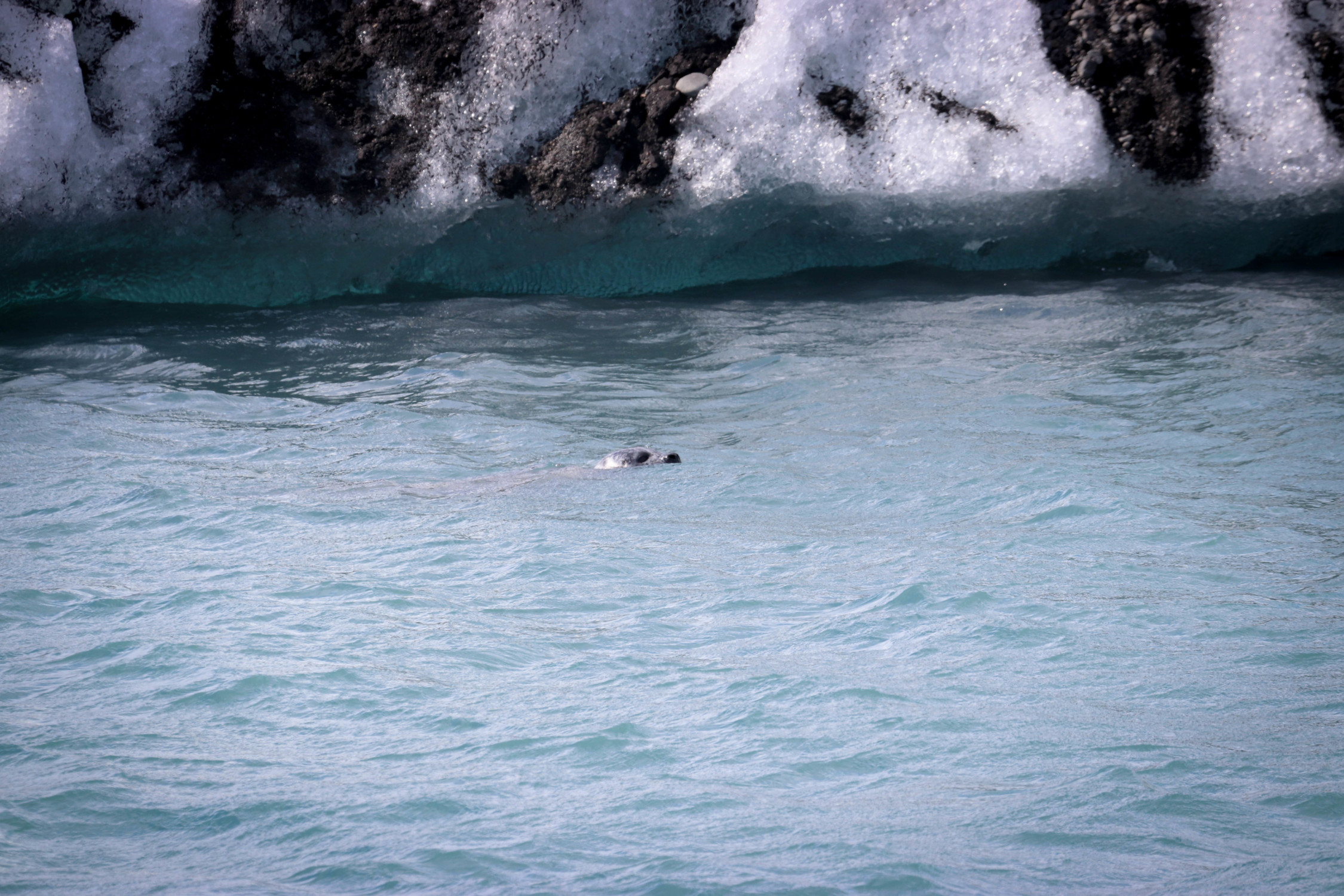
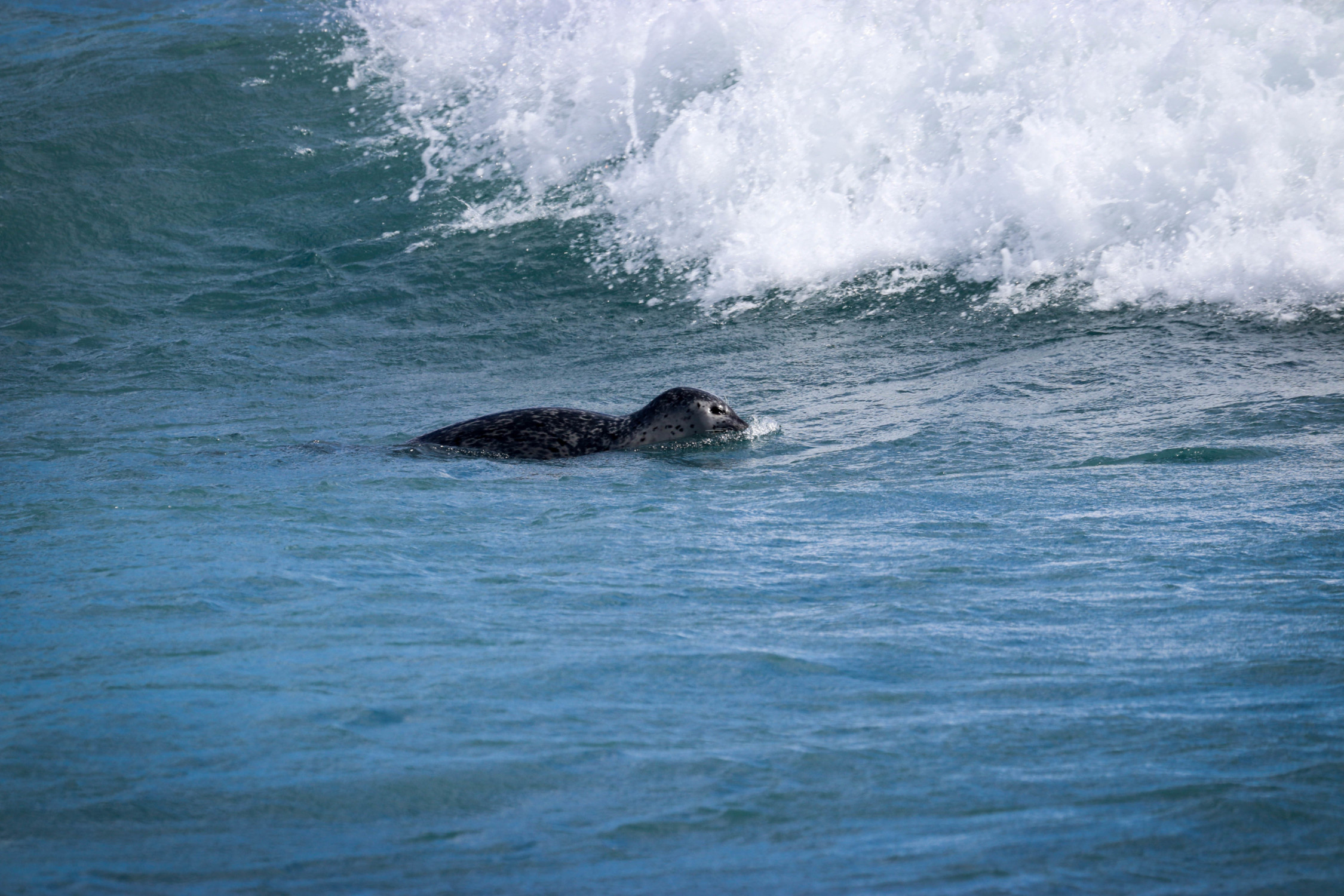
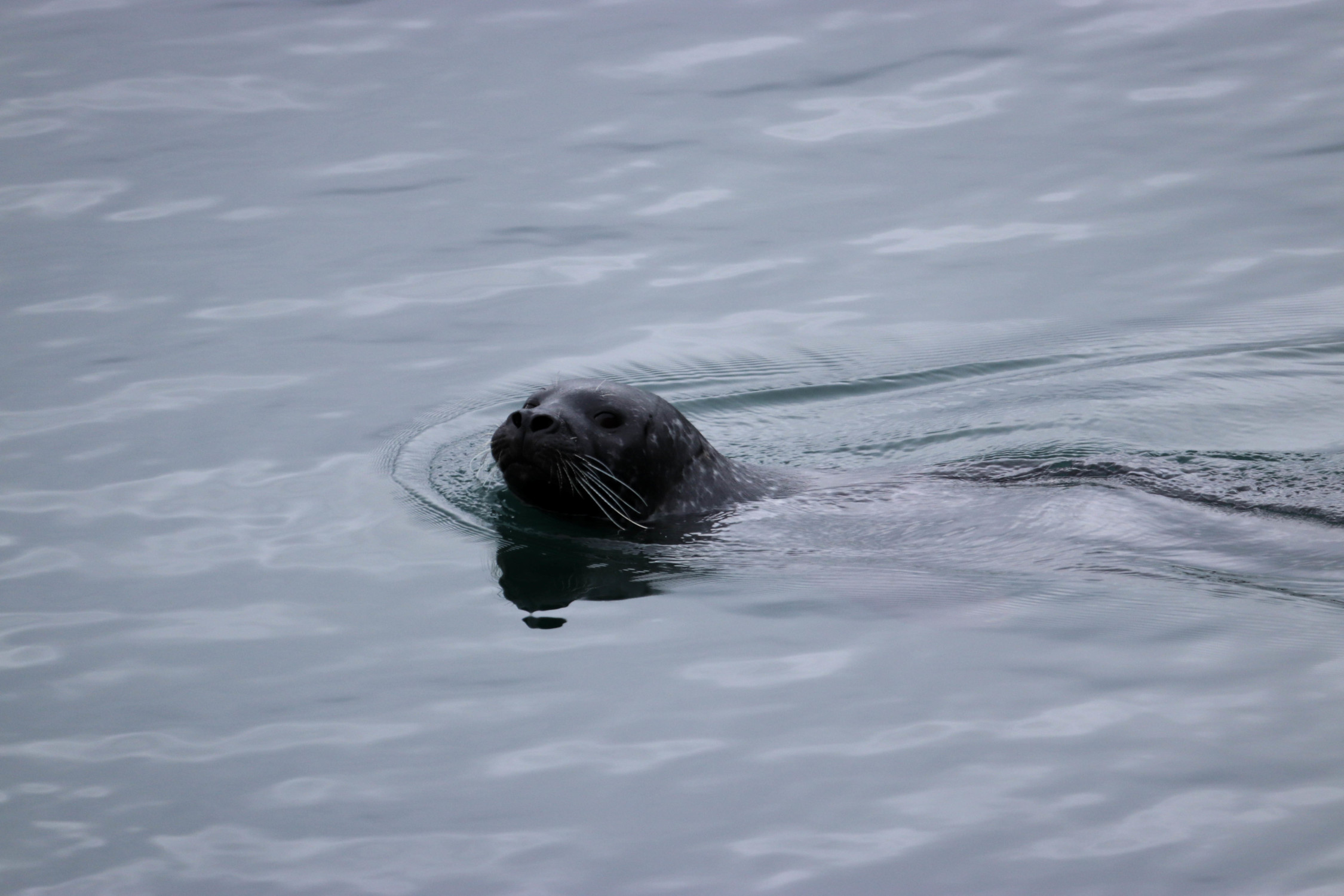
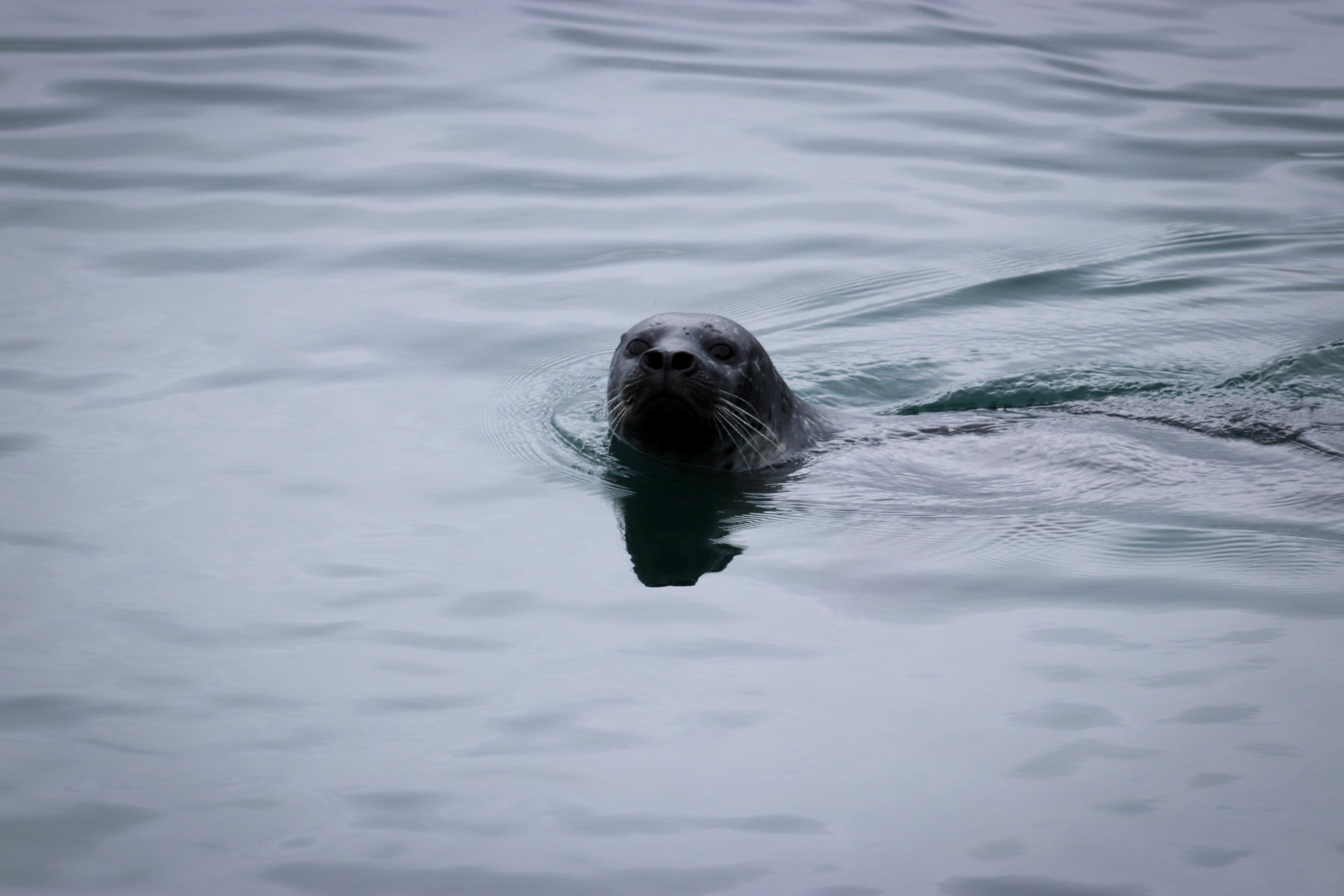
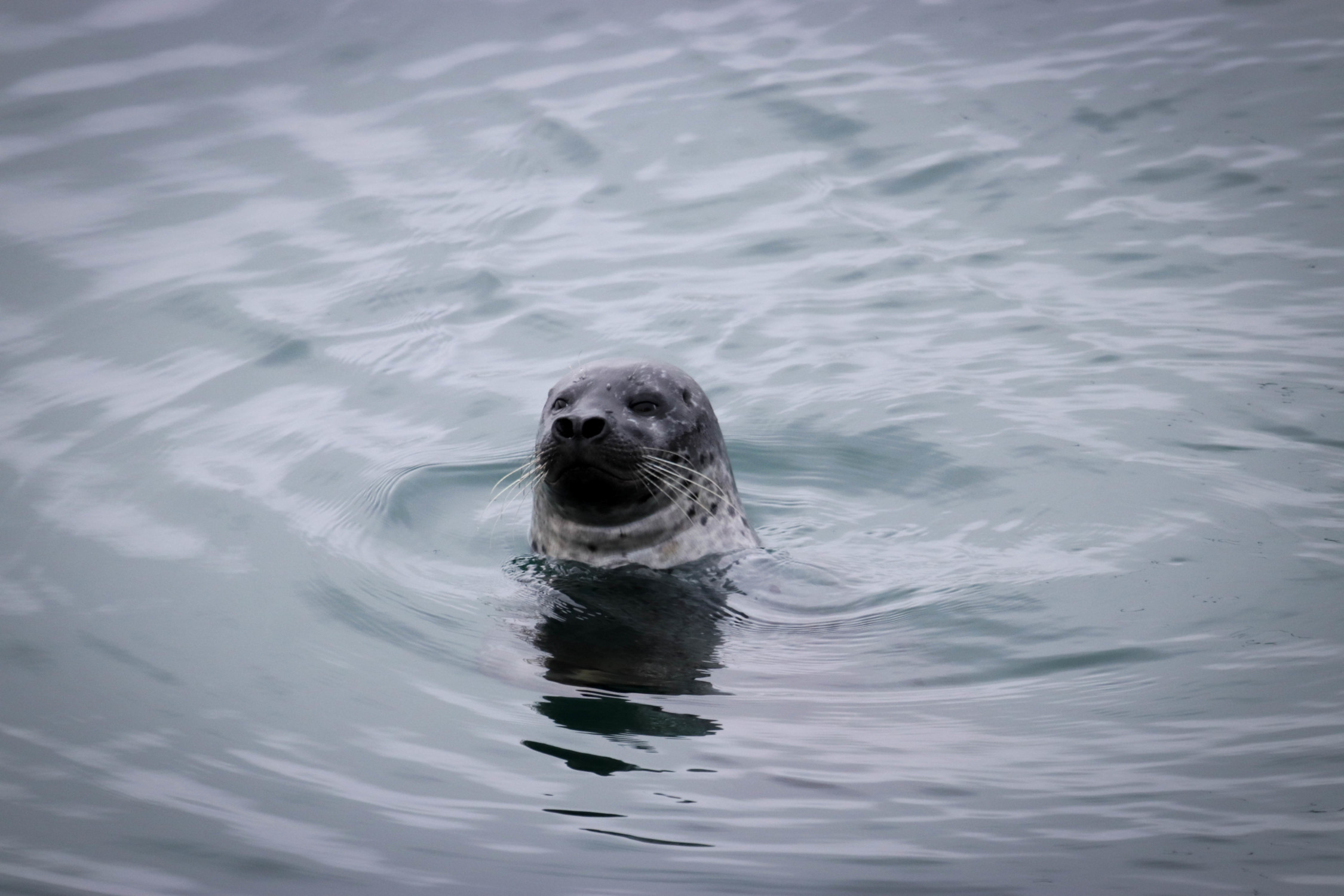
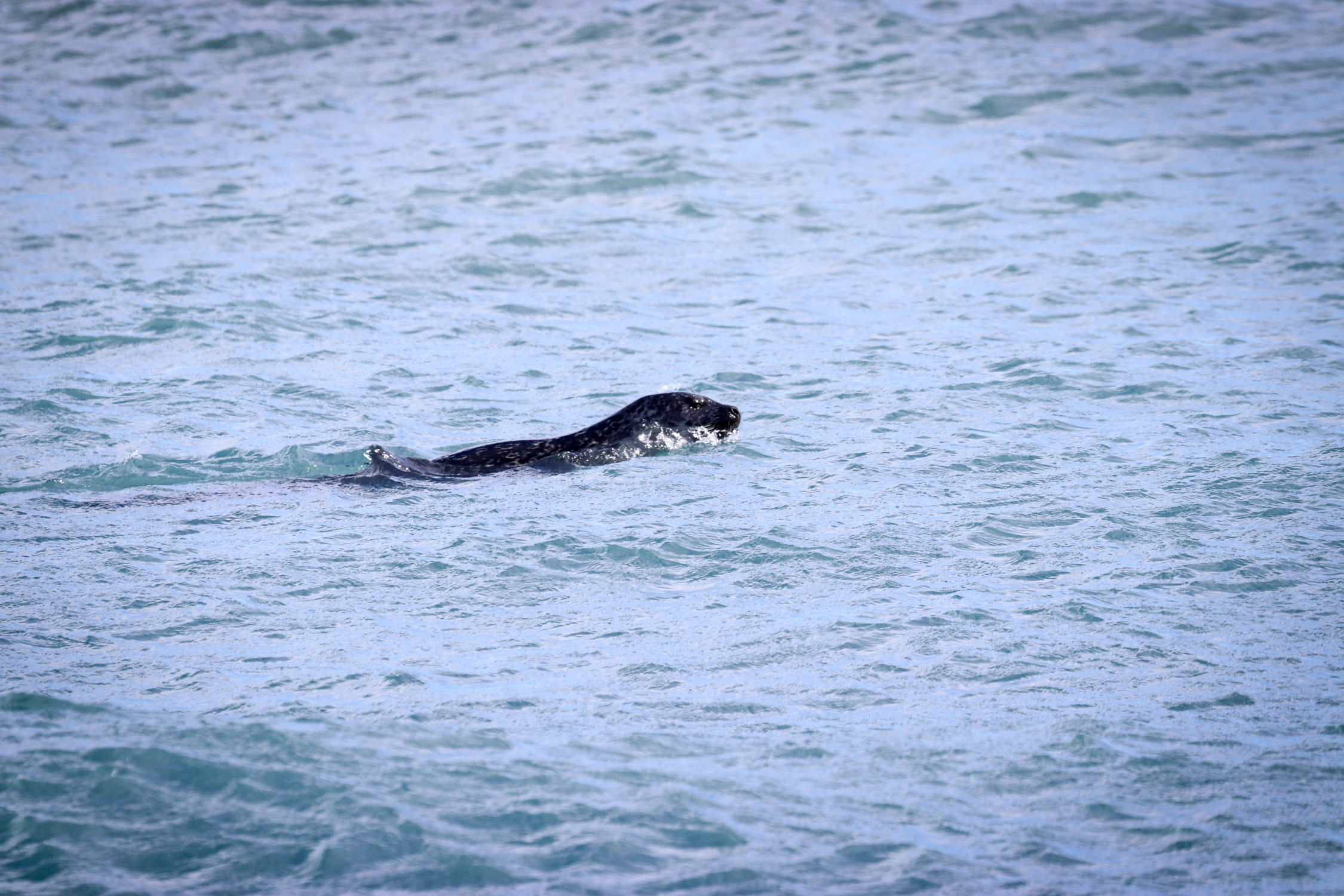
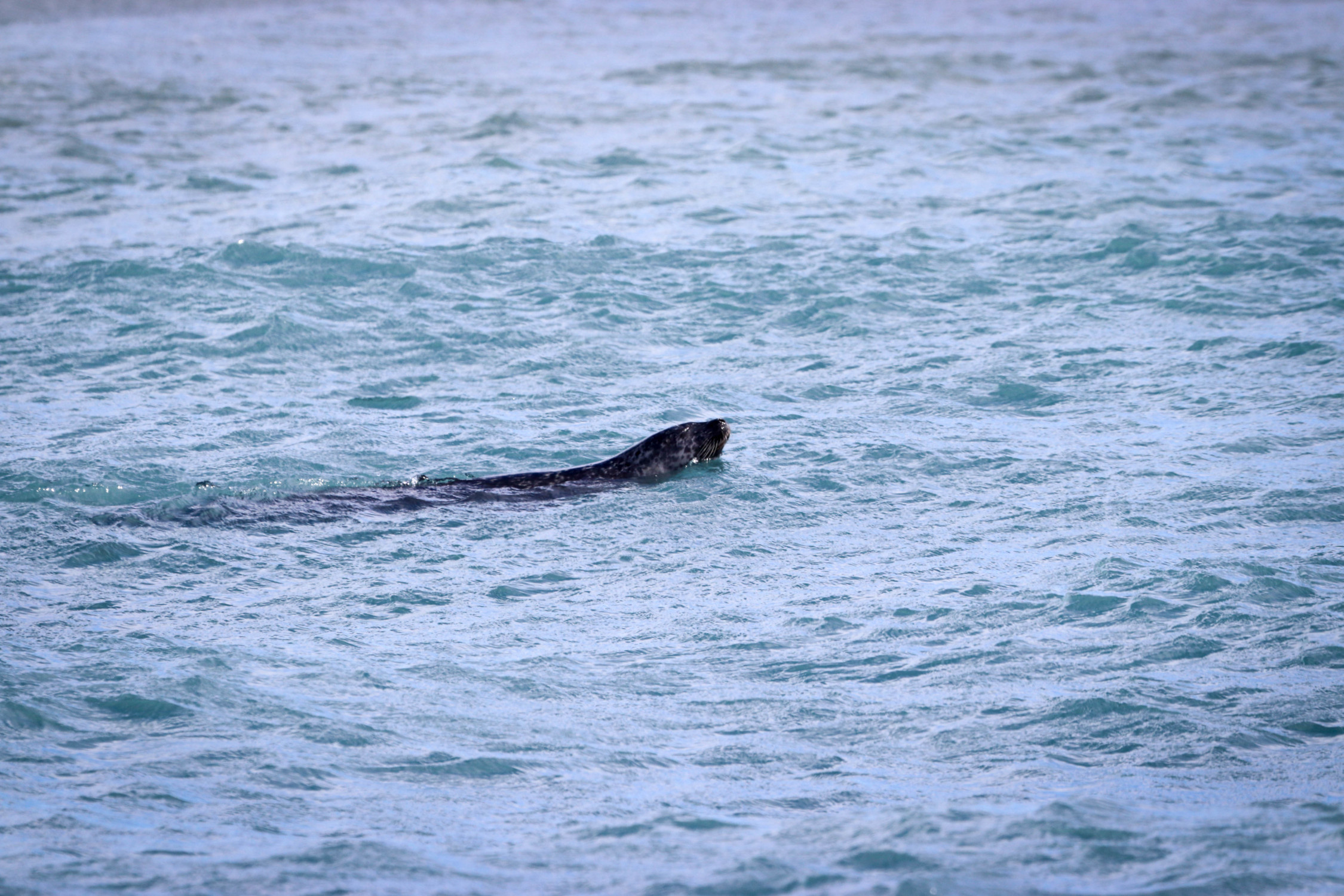
Humpback whale – seen on our whale watching trip from a boat off Hauganes. All credit to the spotter and pilot who managed to get us close to where they came back up after being submerged for 10 minutes. Beautiful creatures!!

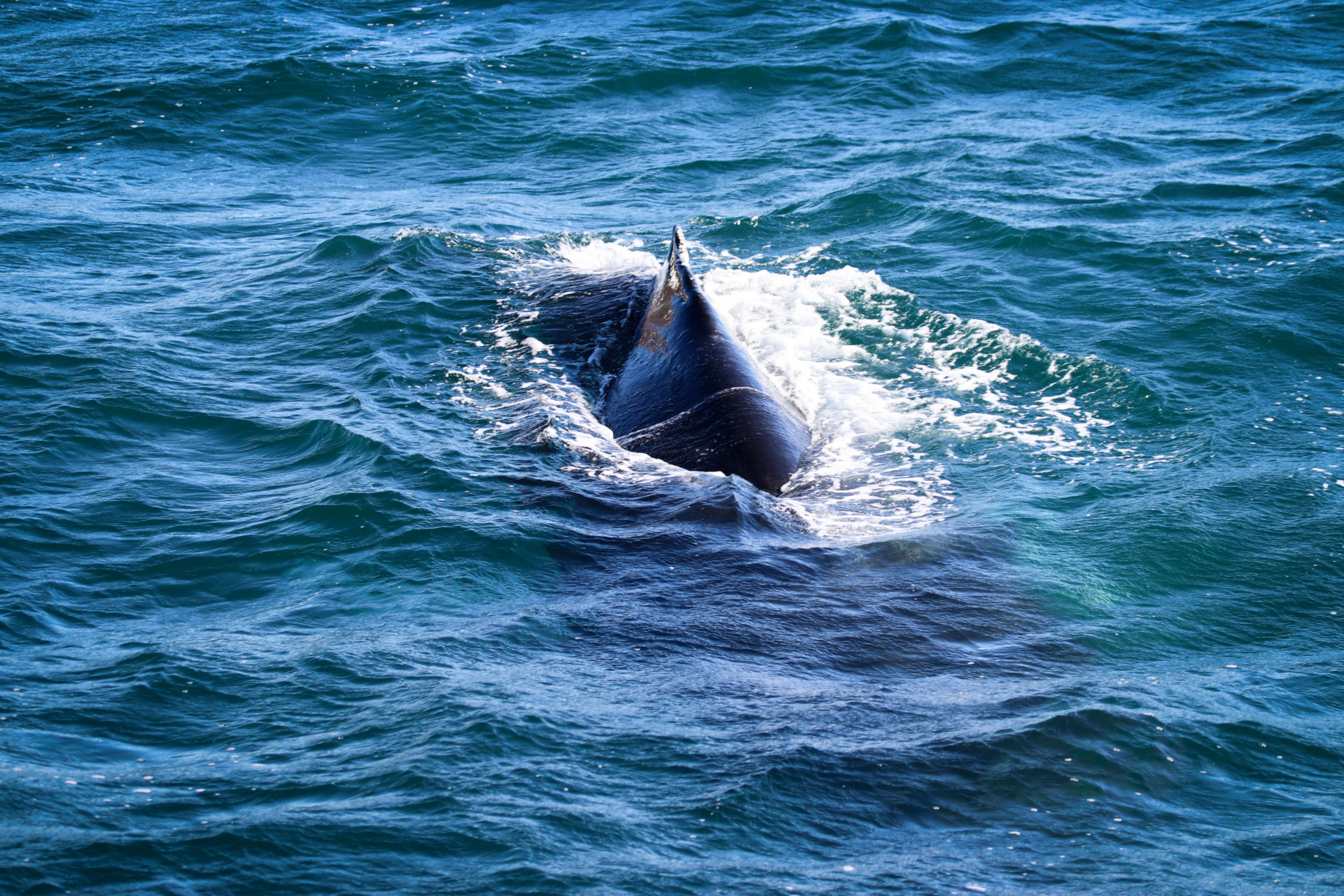
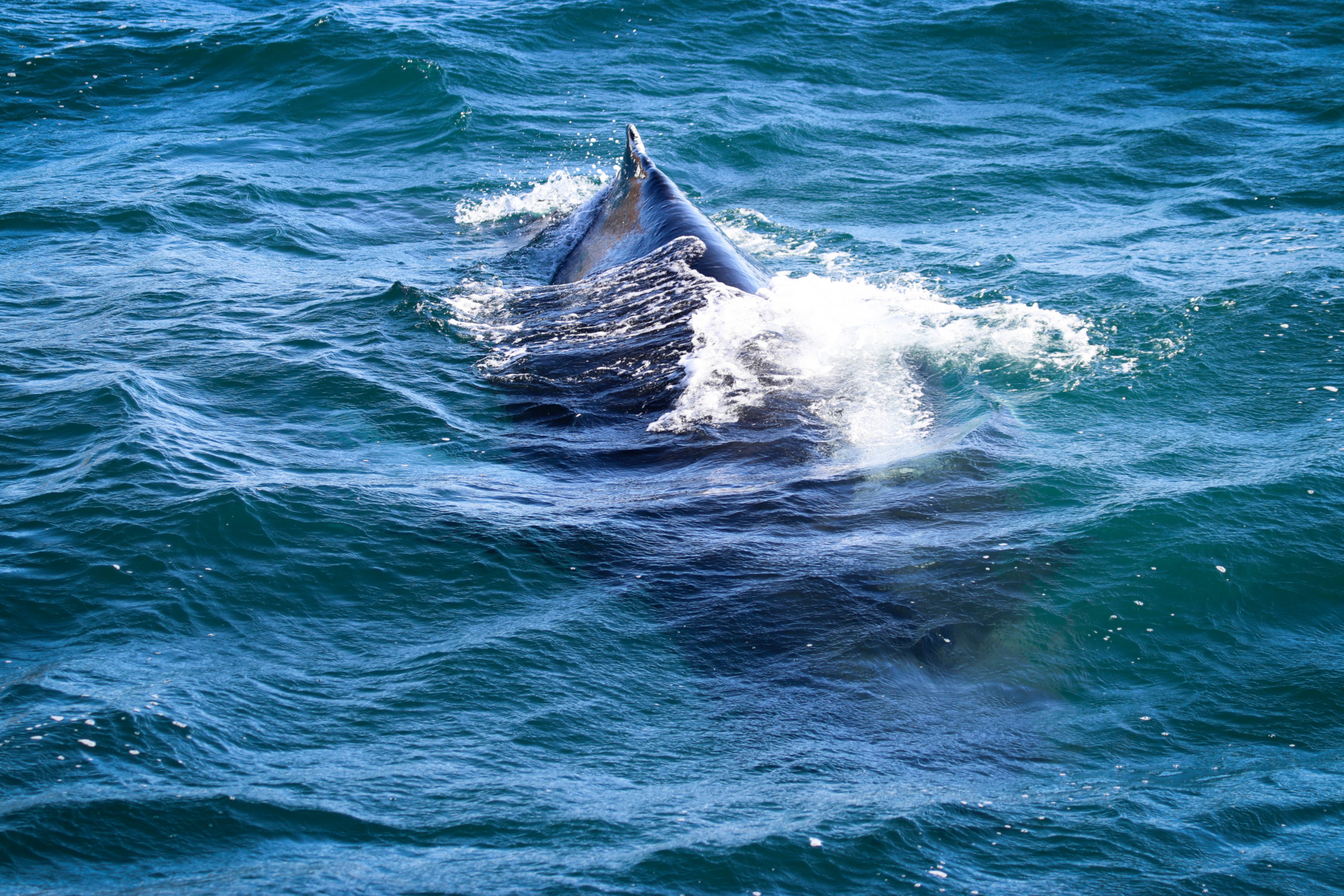
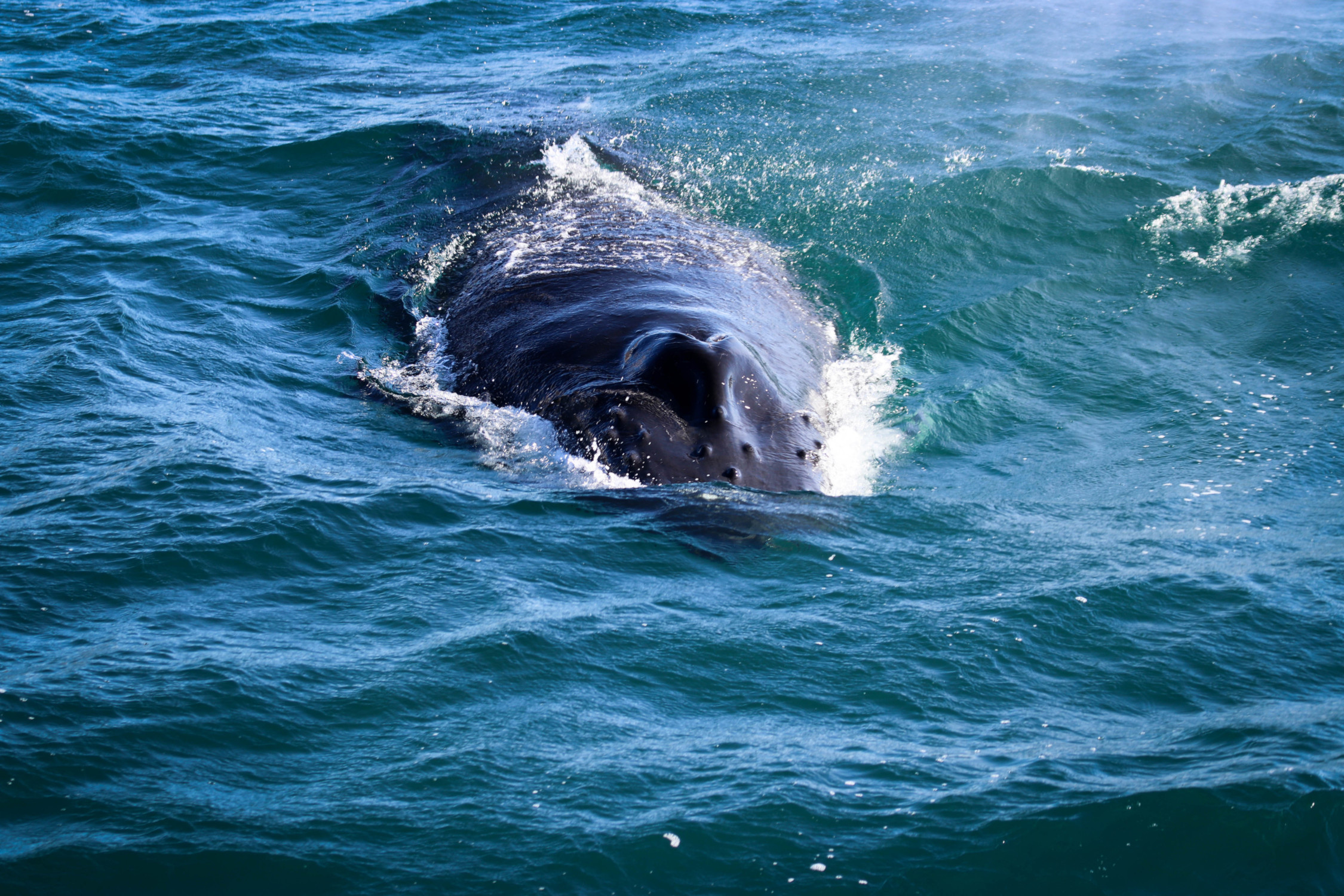
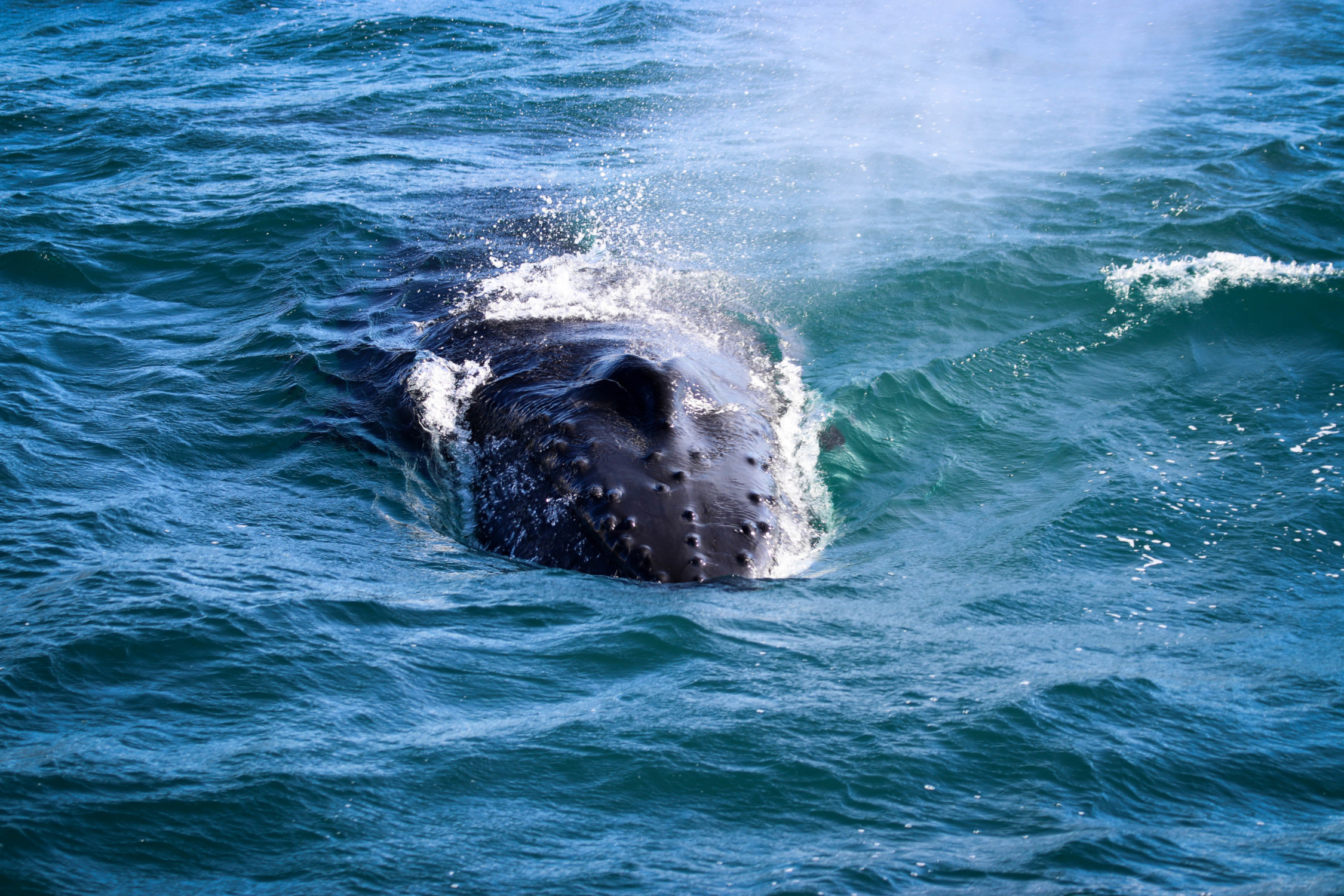
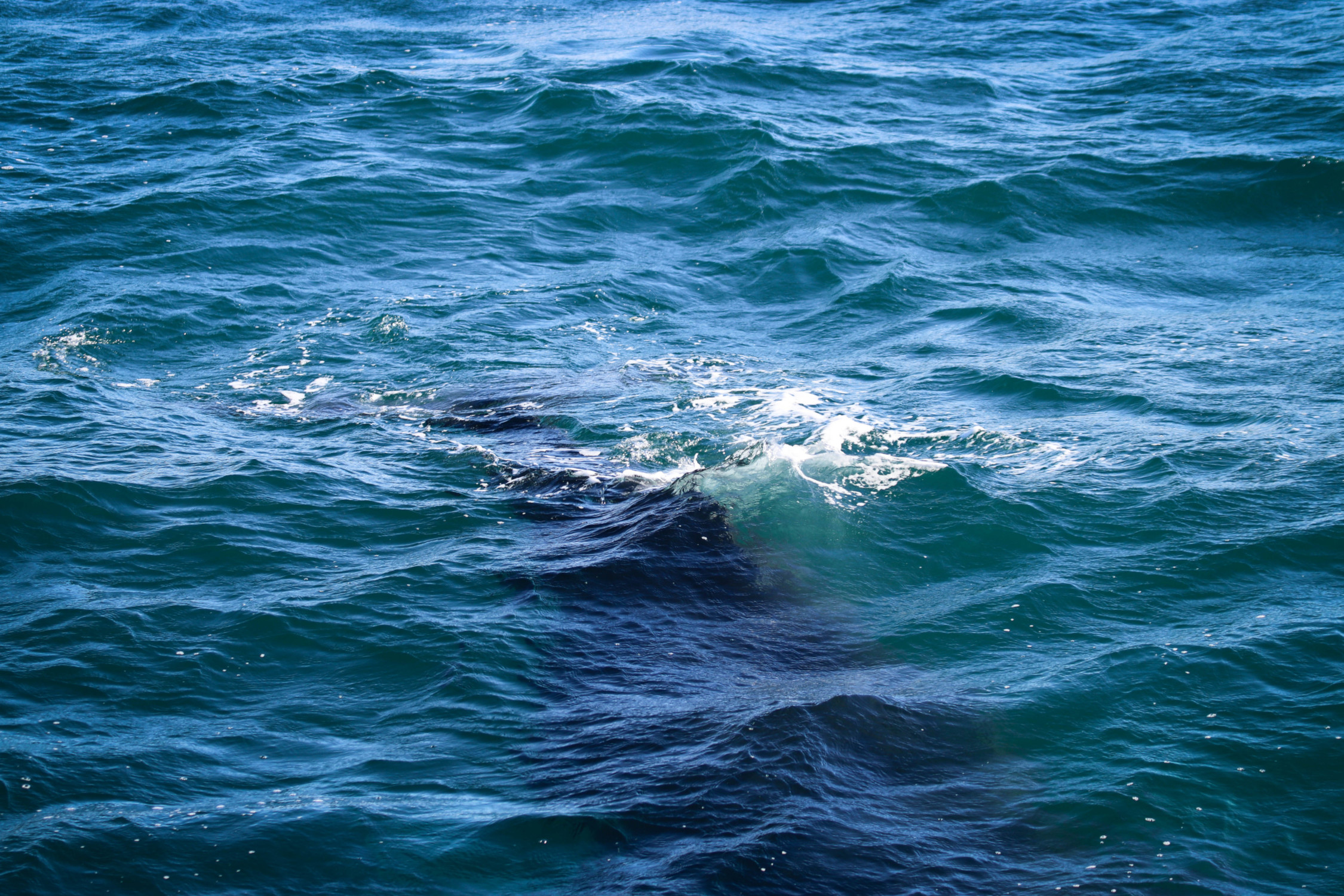
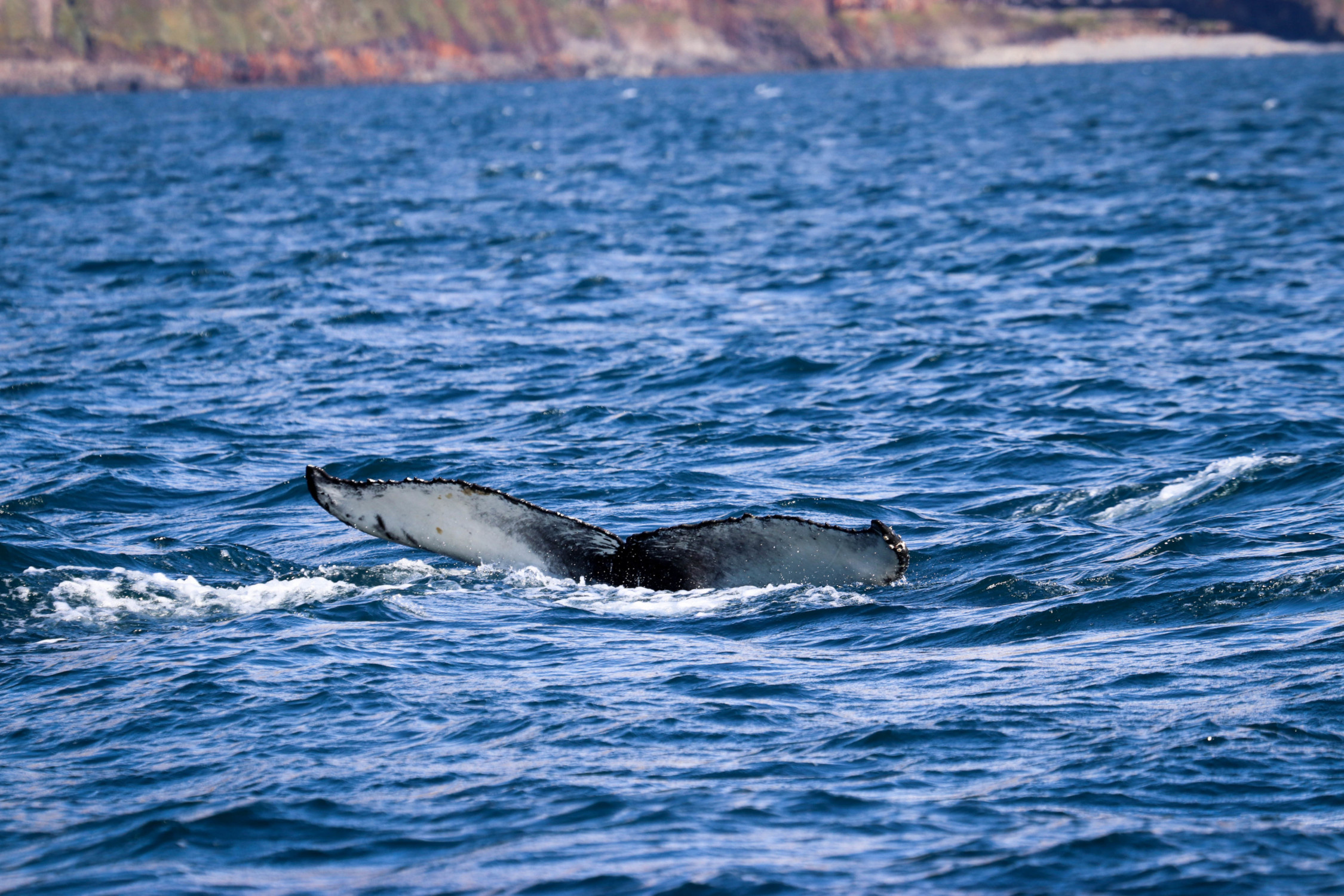
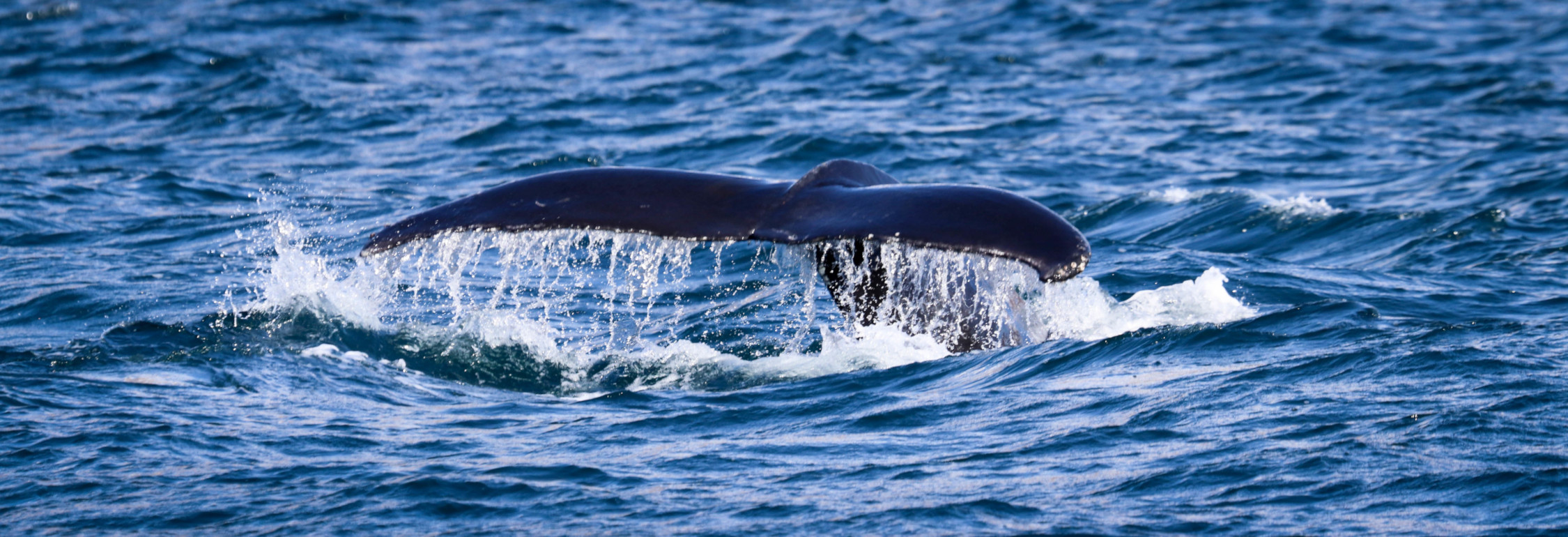
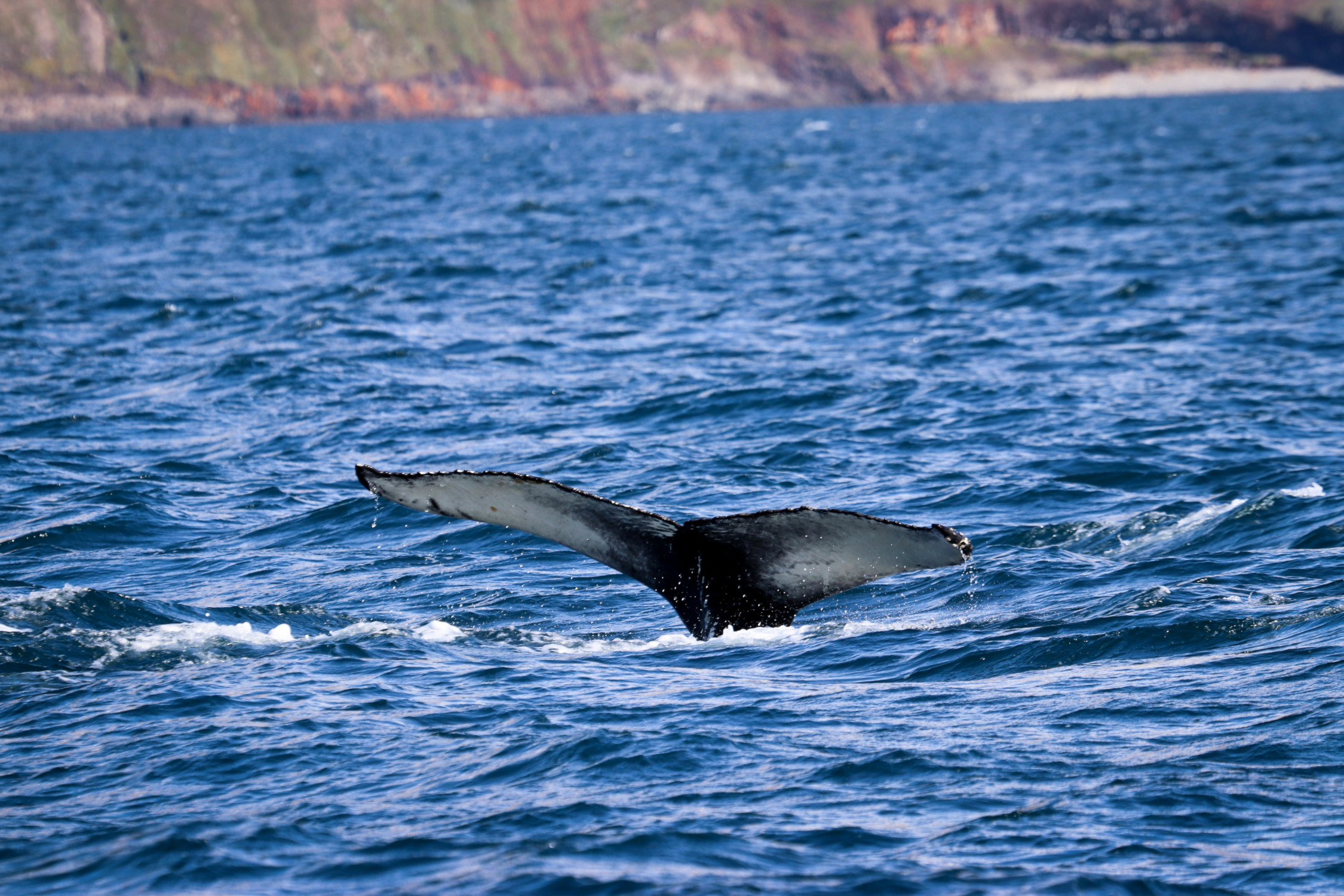
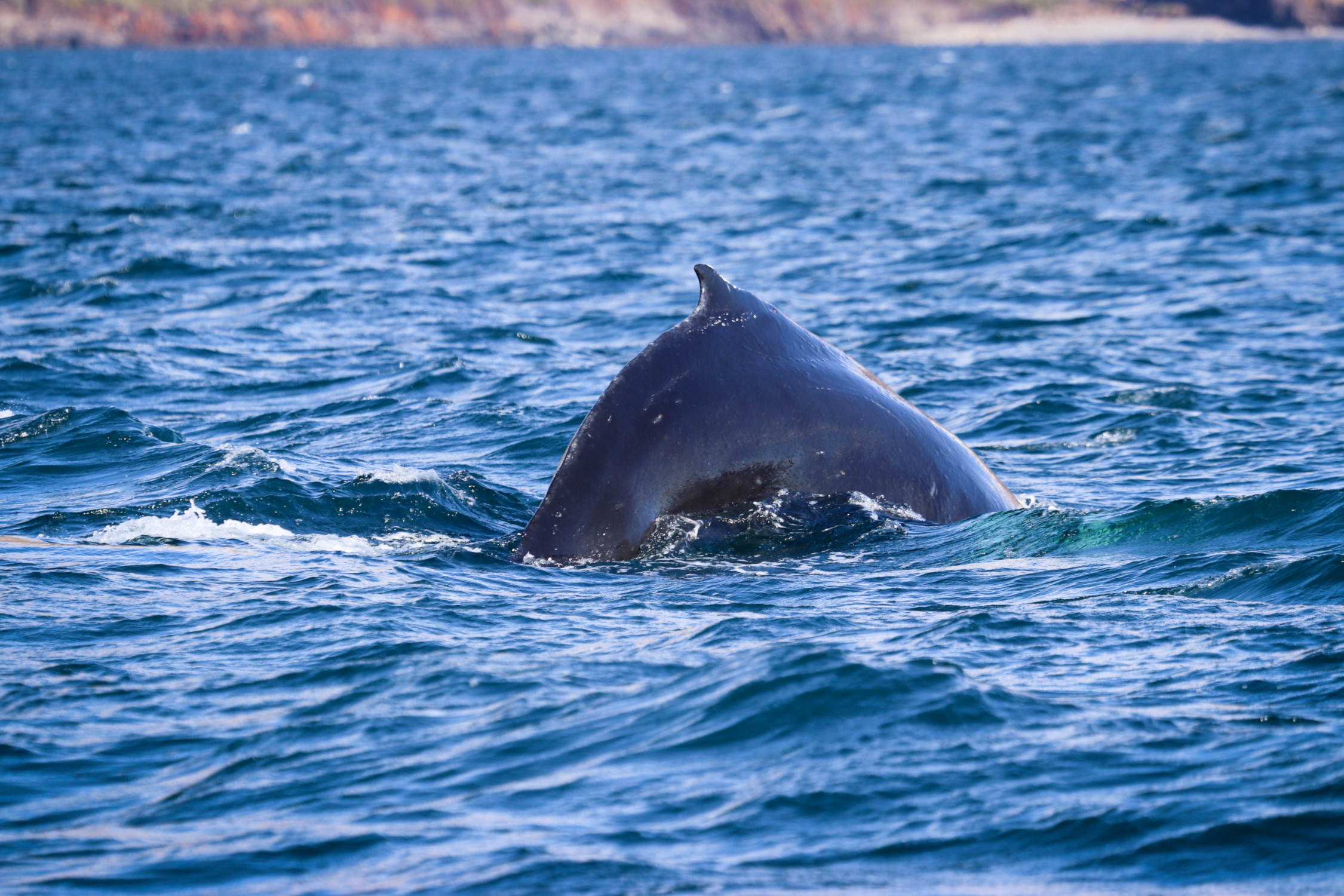
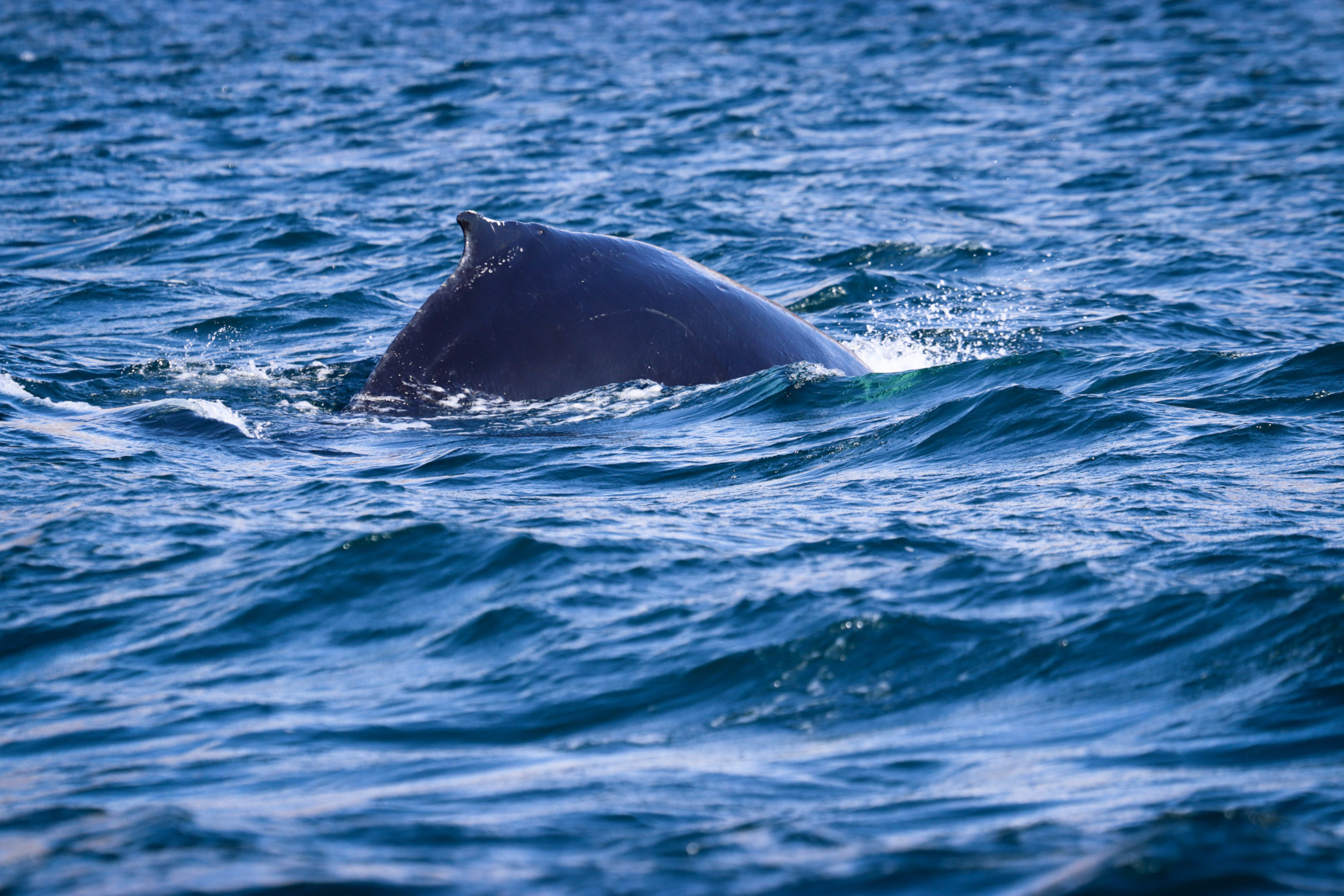
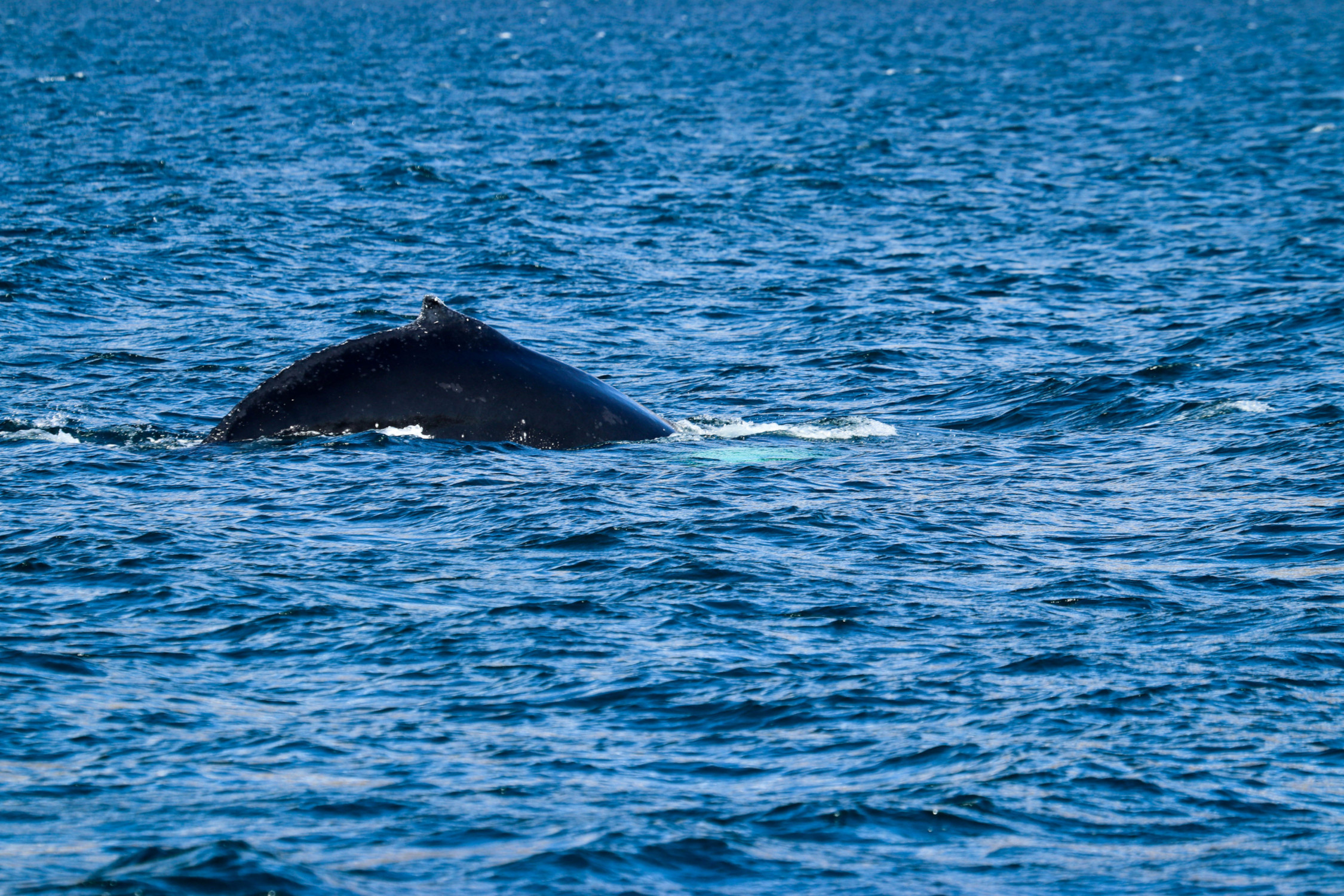
Harbour porpoise – seen as black shapes in the distance (spotted by Danny and Jo, identified by the boat spotter) but we didn’t get close enough for photos.
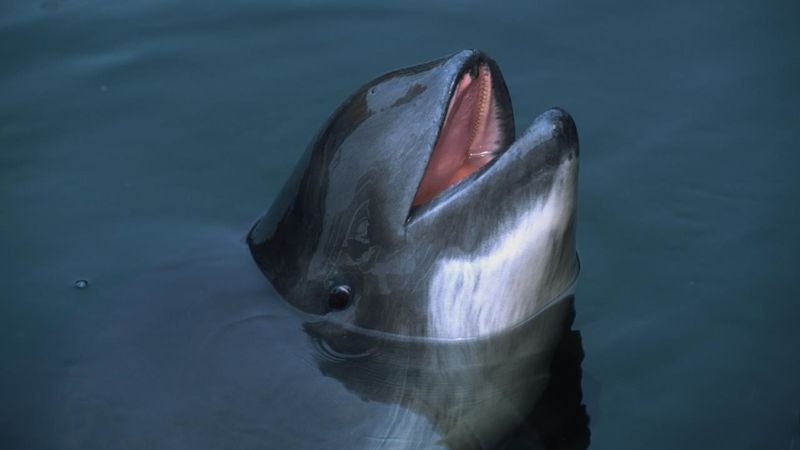
Fish
Brown trout baby – spotted in the cauldera. Again, it is only internet research that has decided on its genus, so don’t hold me to it!
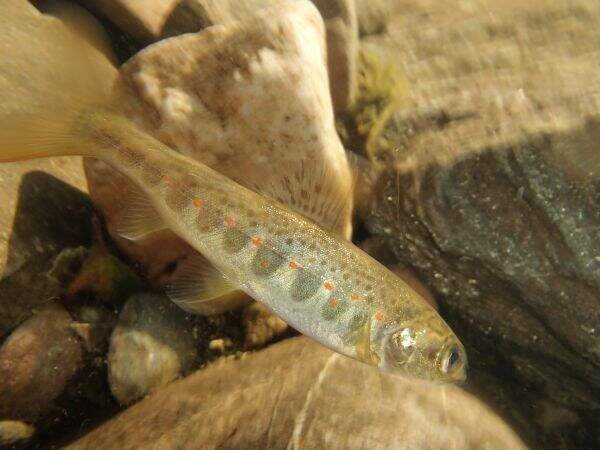
Flora
Prizes available if you can name any of these…
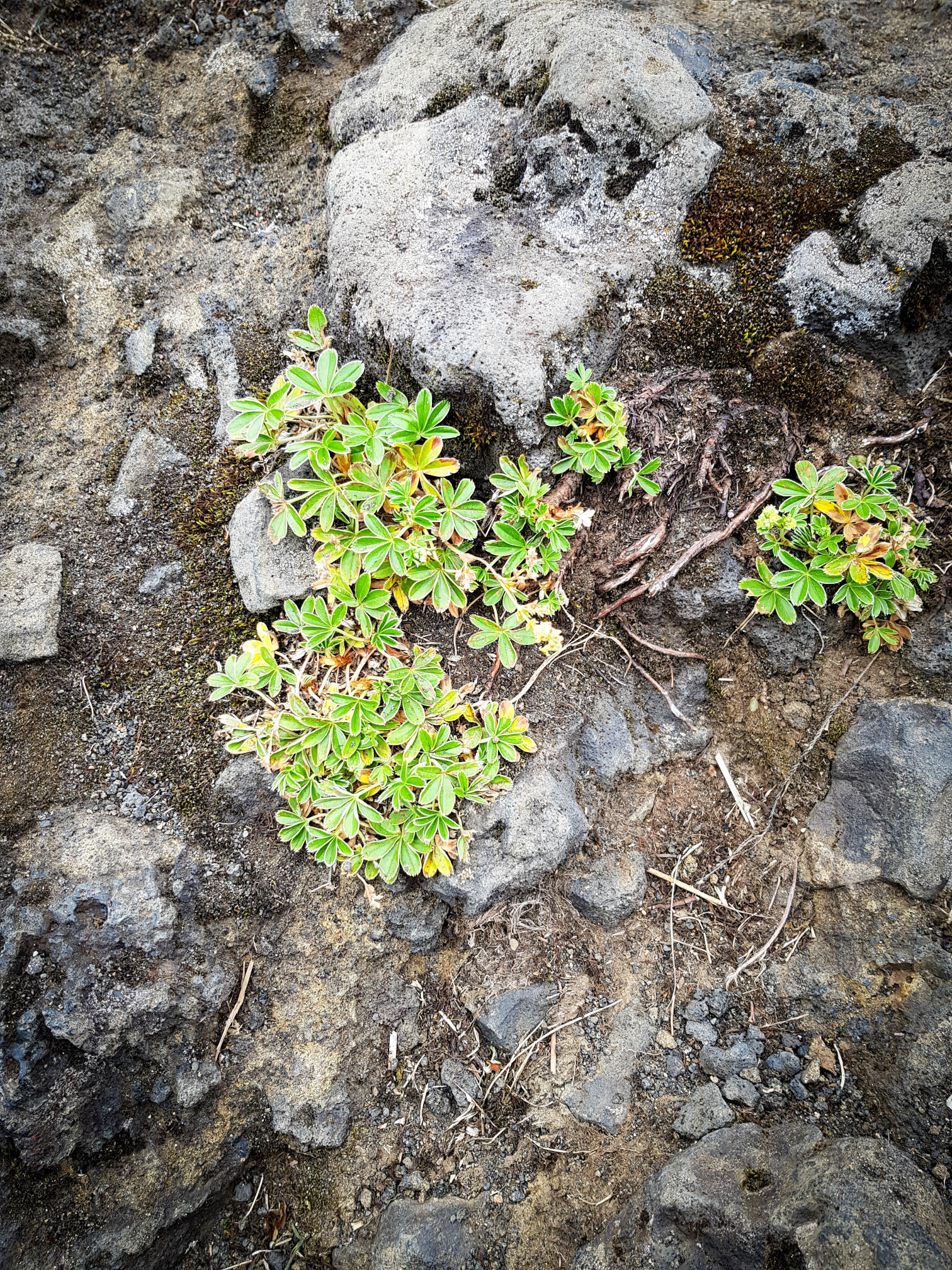
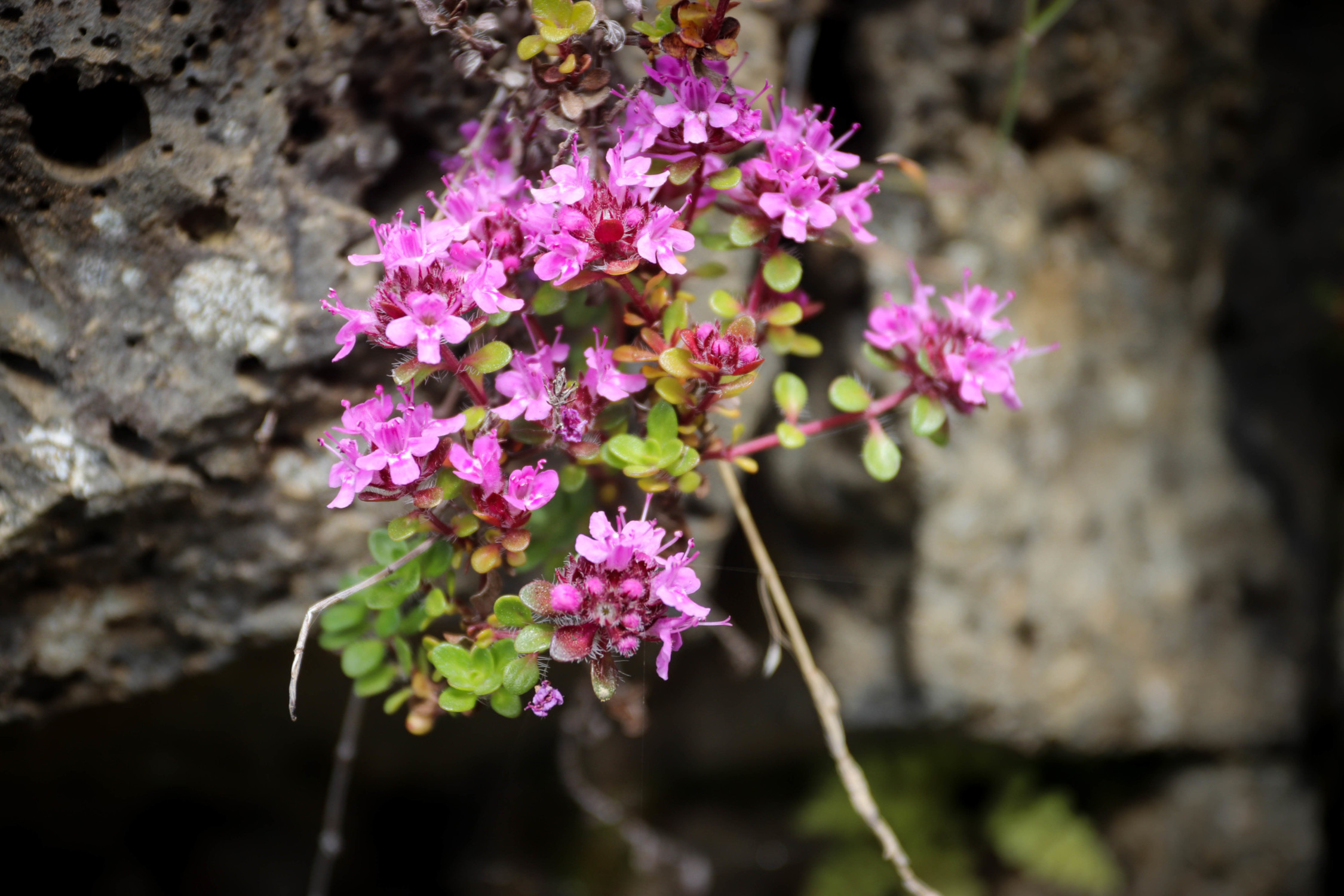
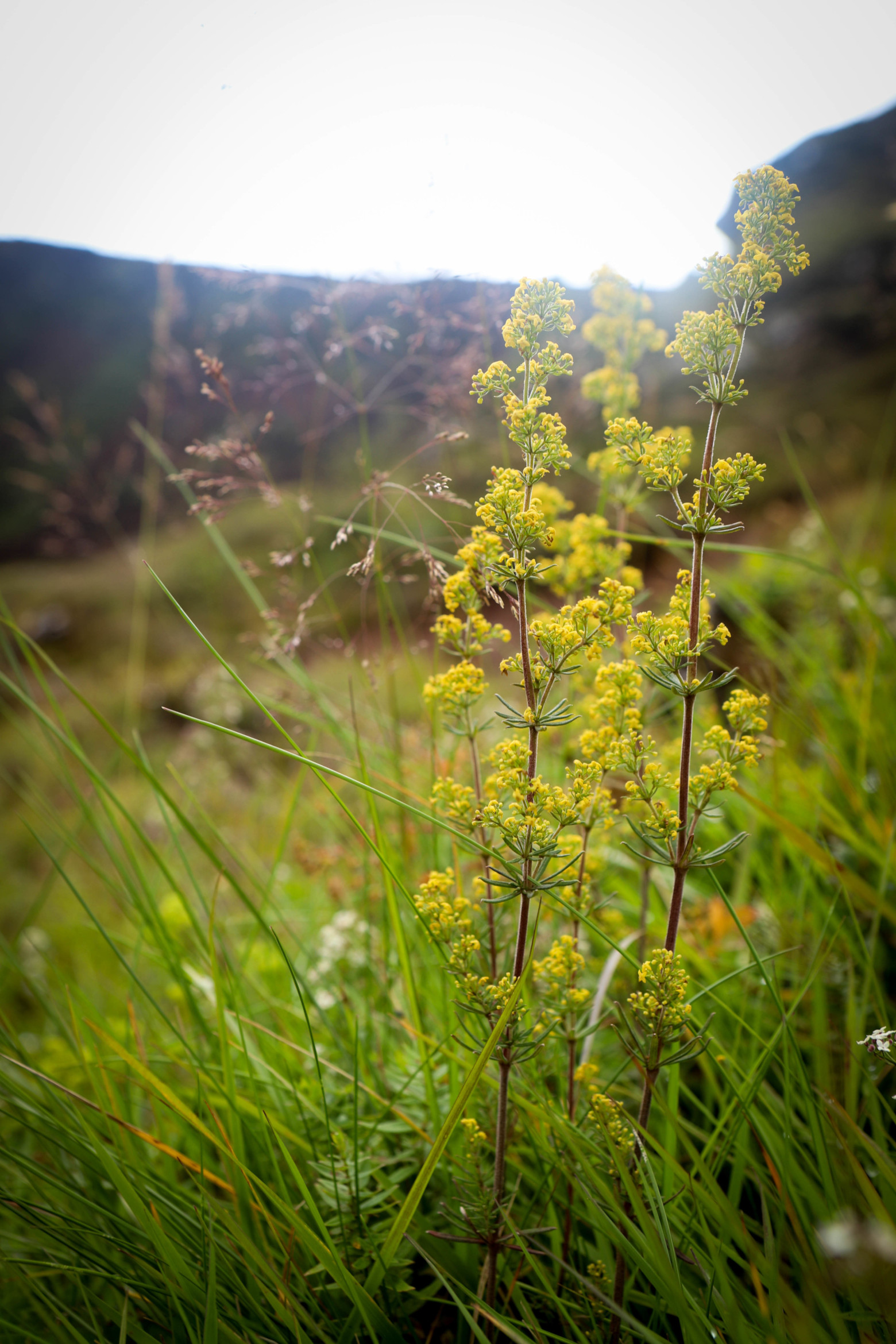
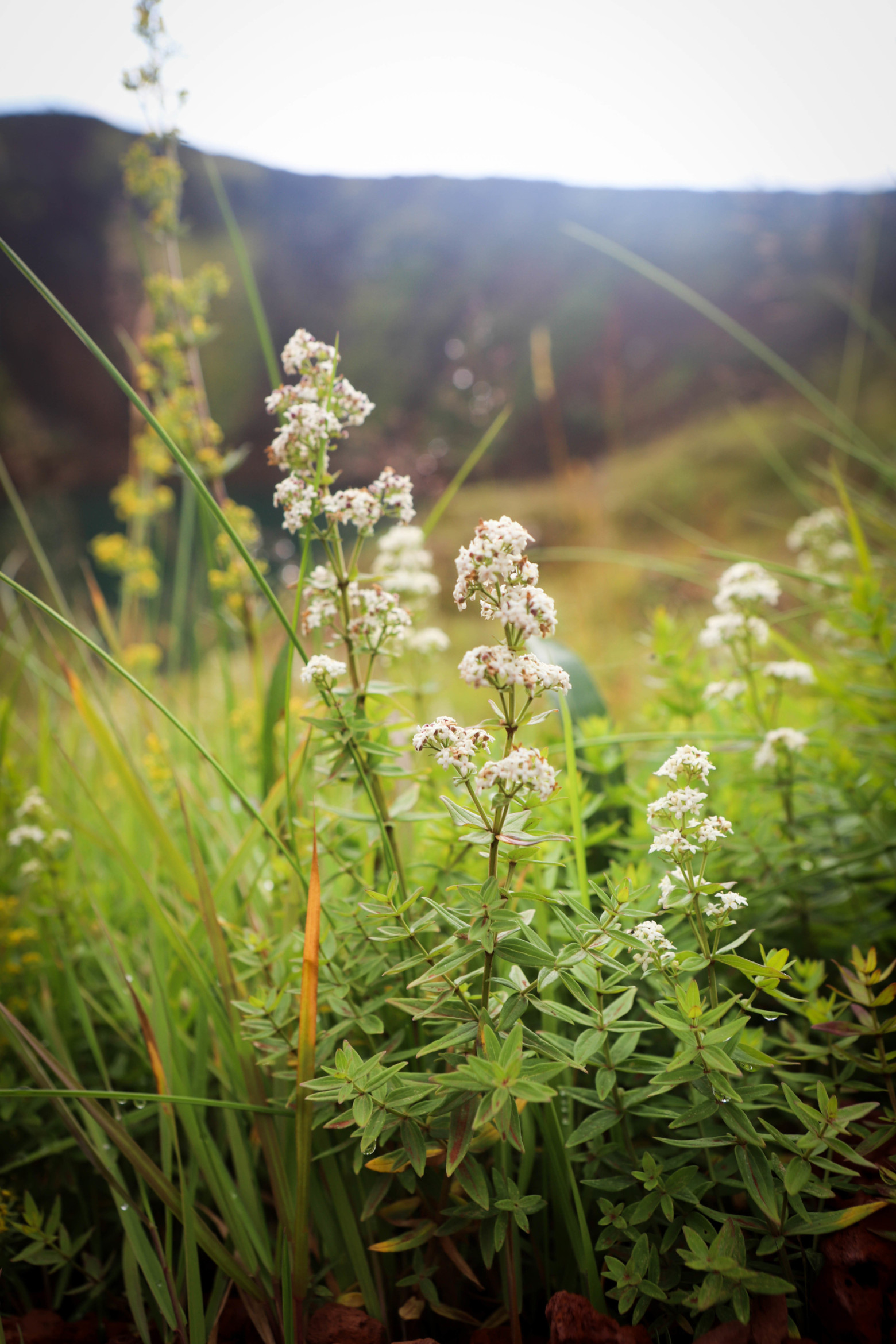
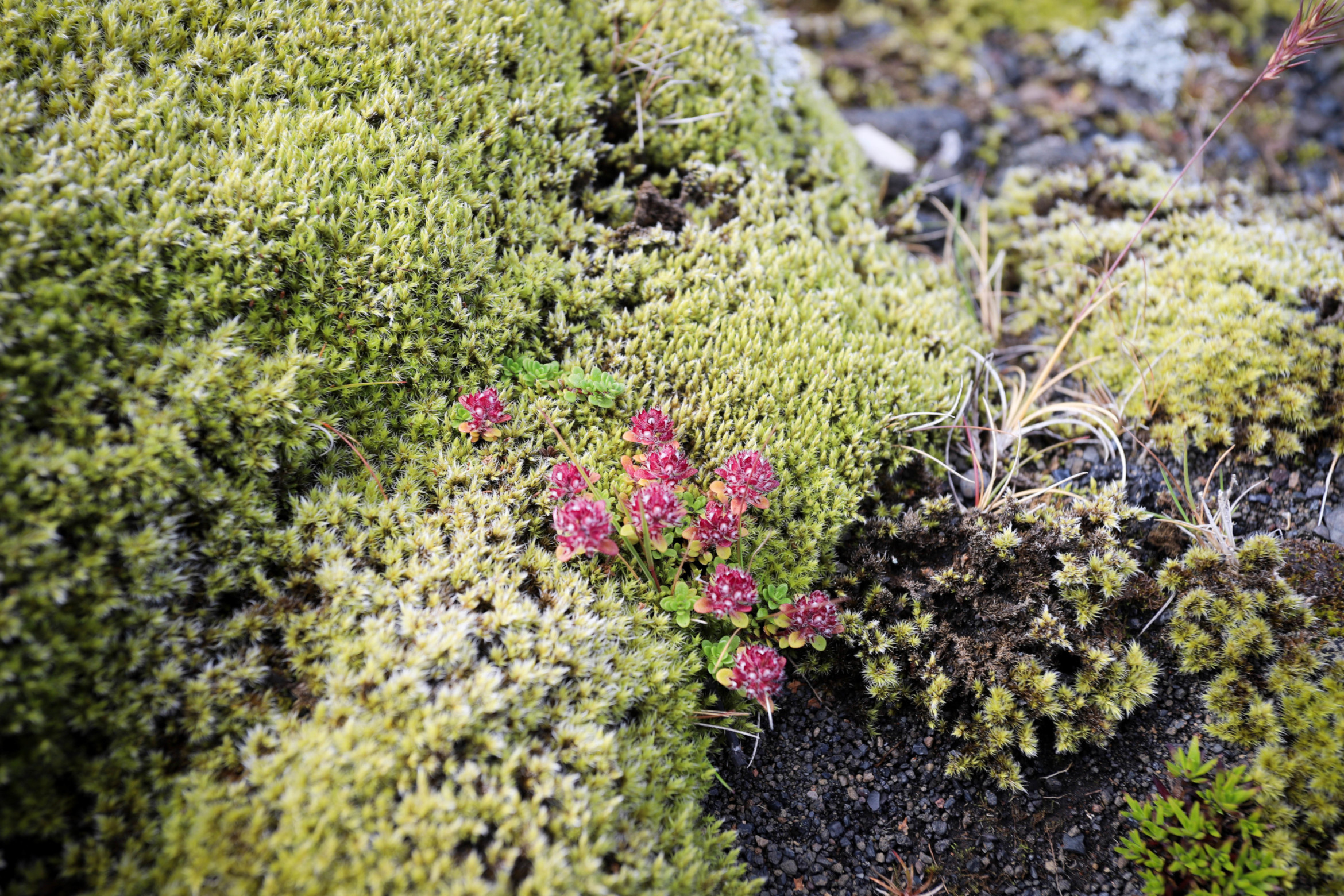
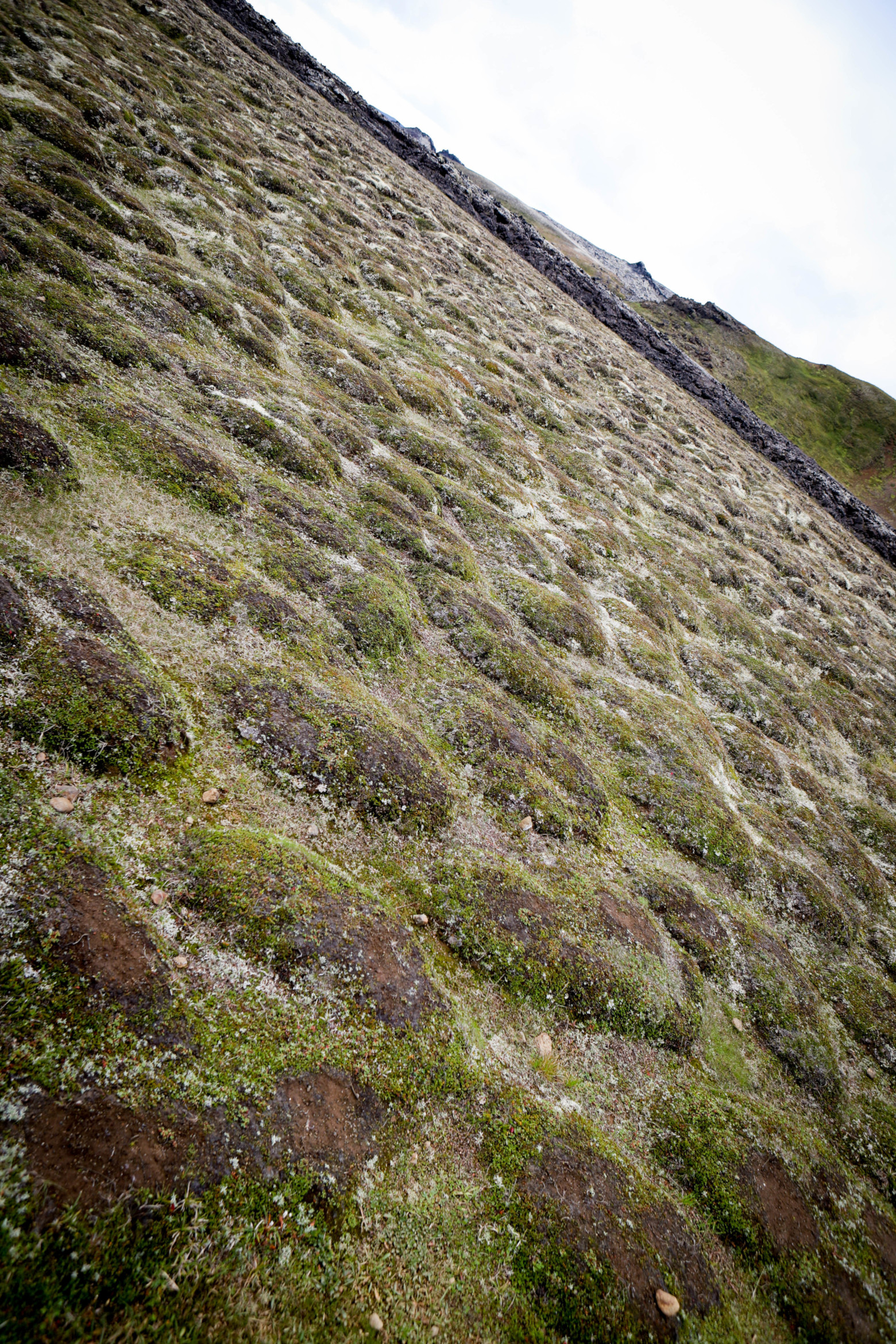
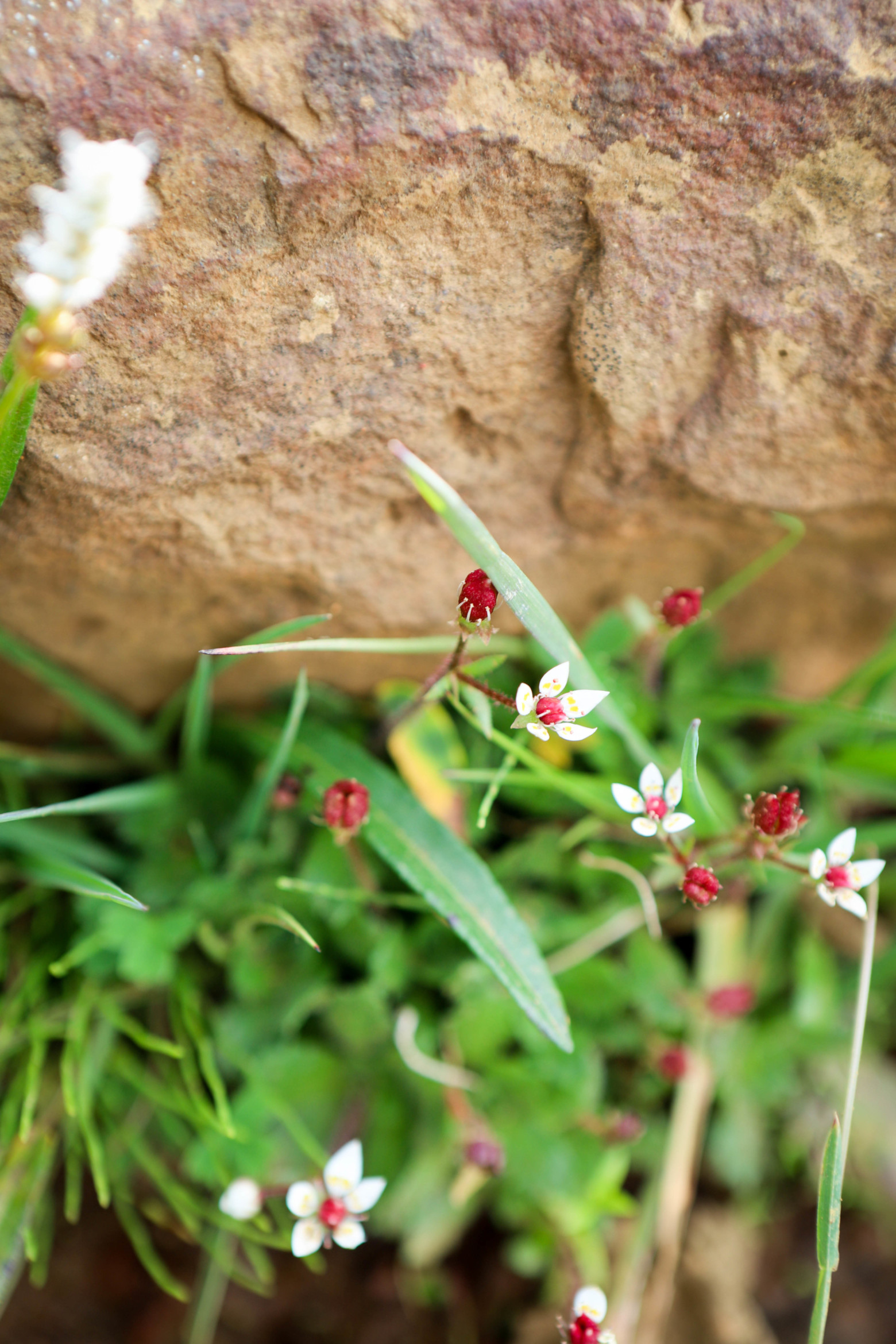

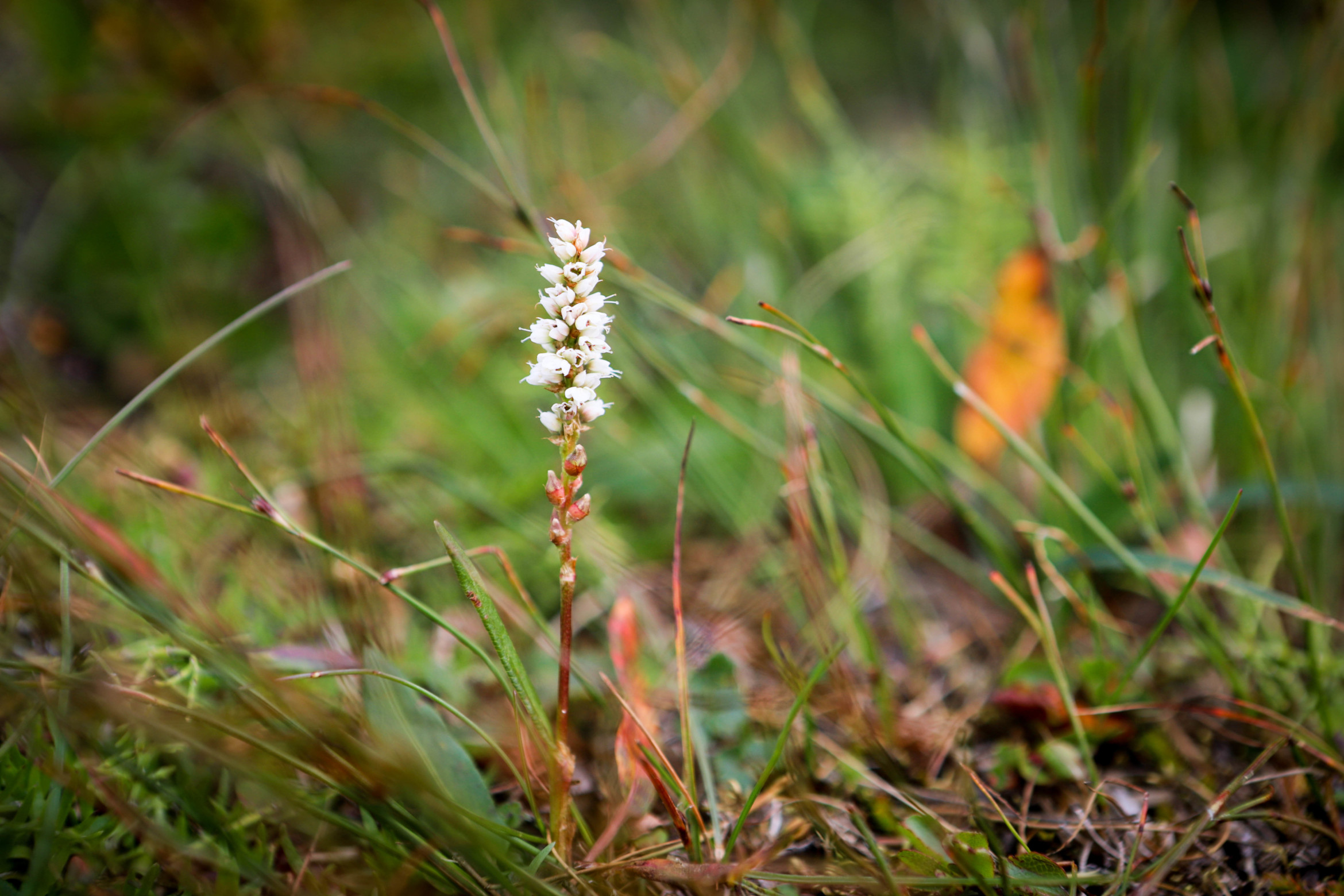
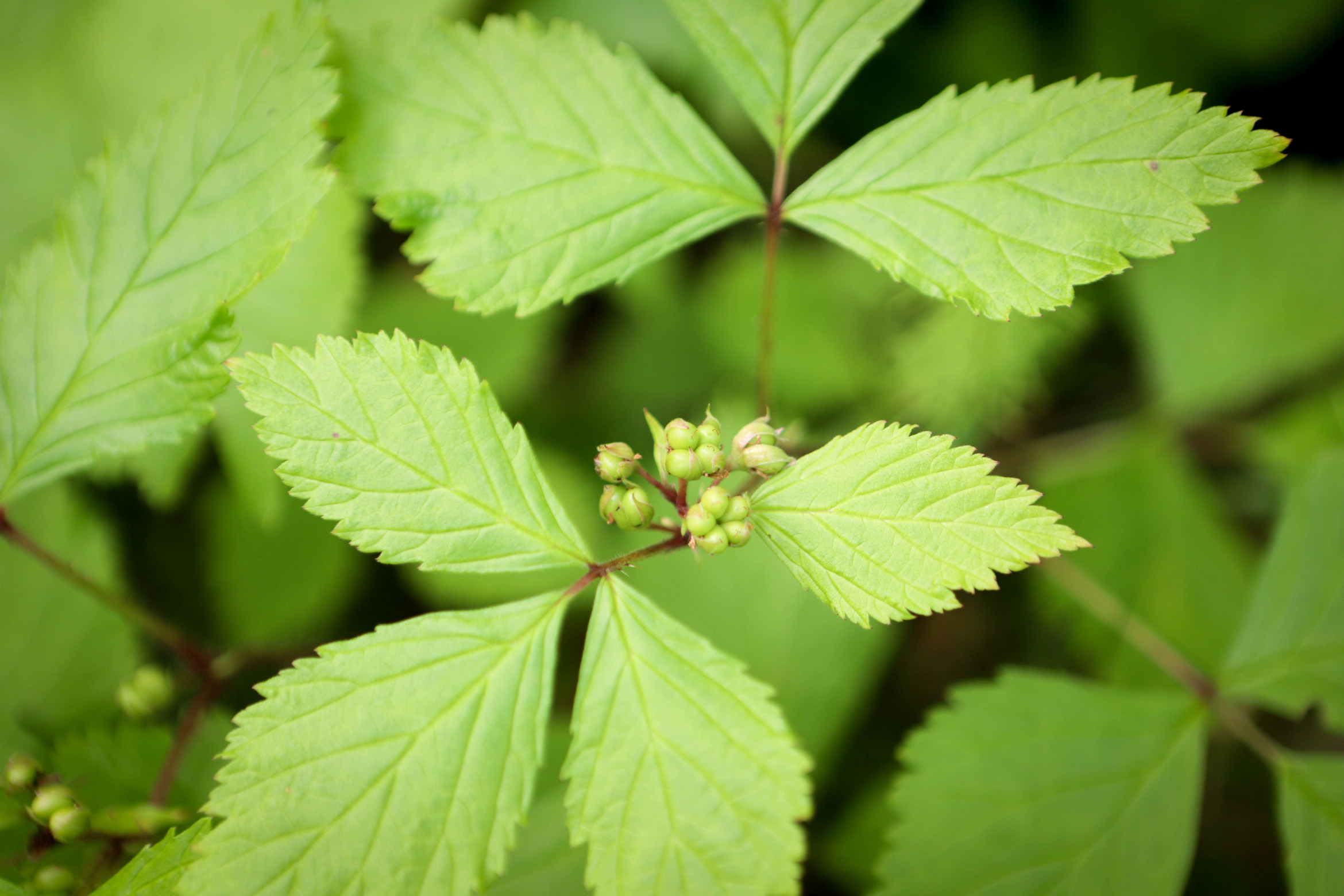
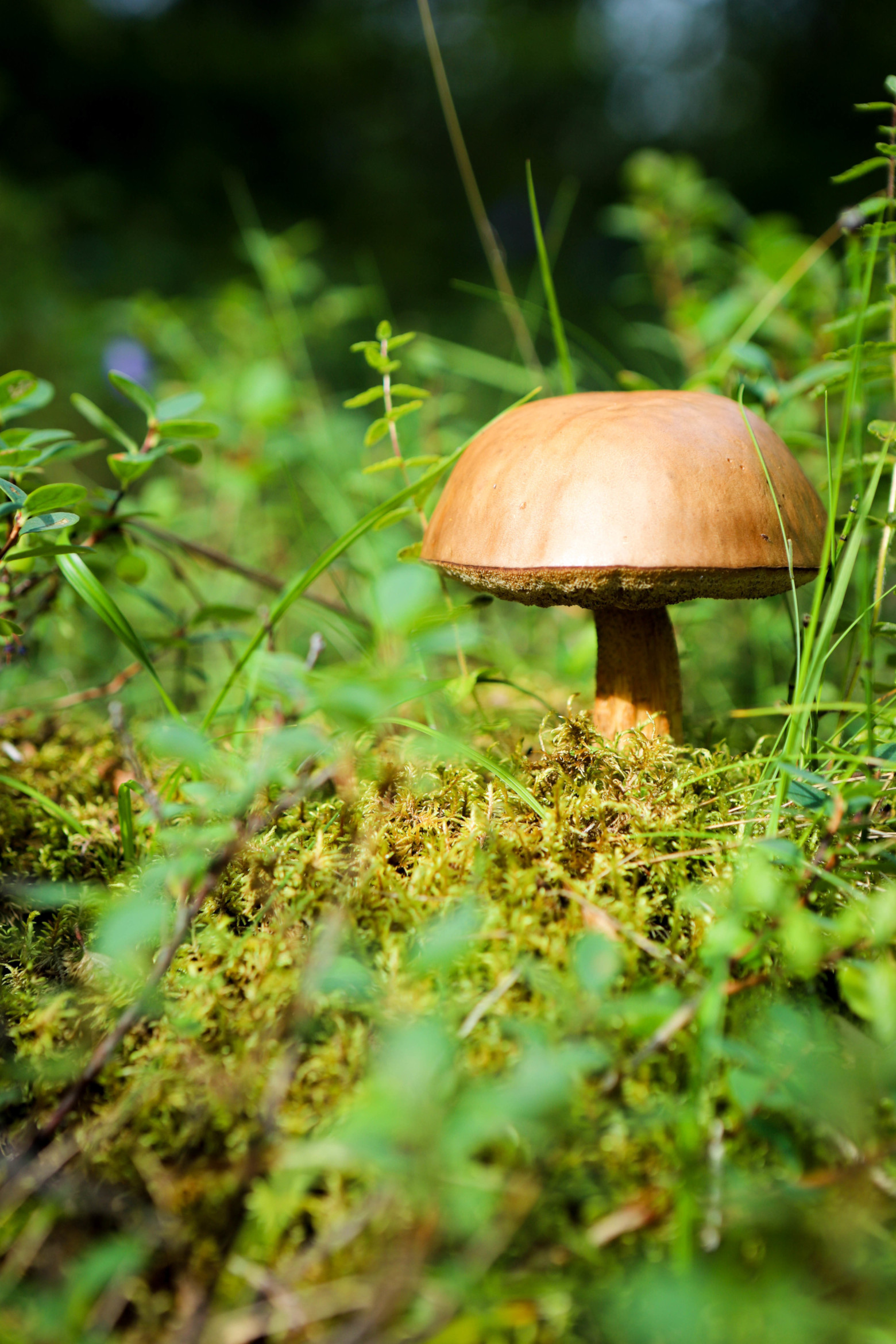
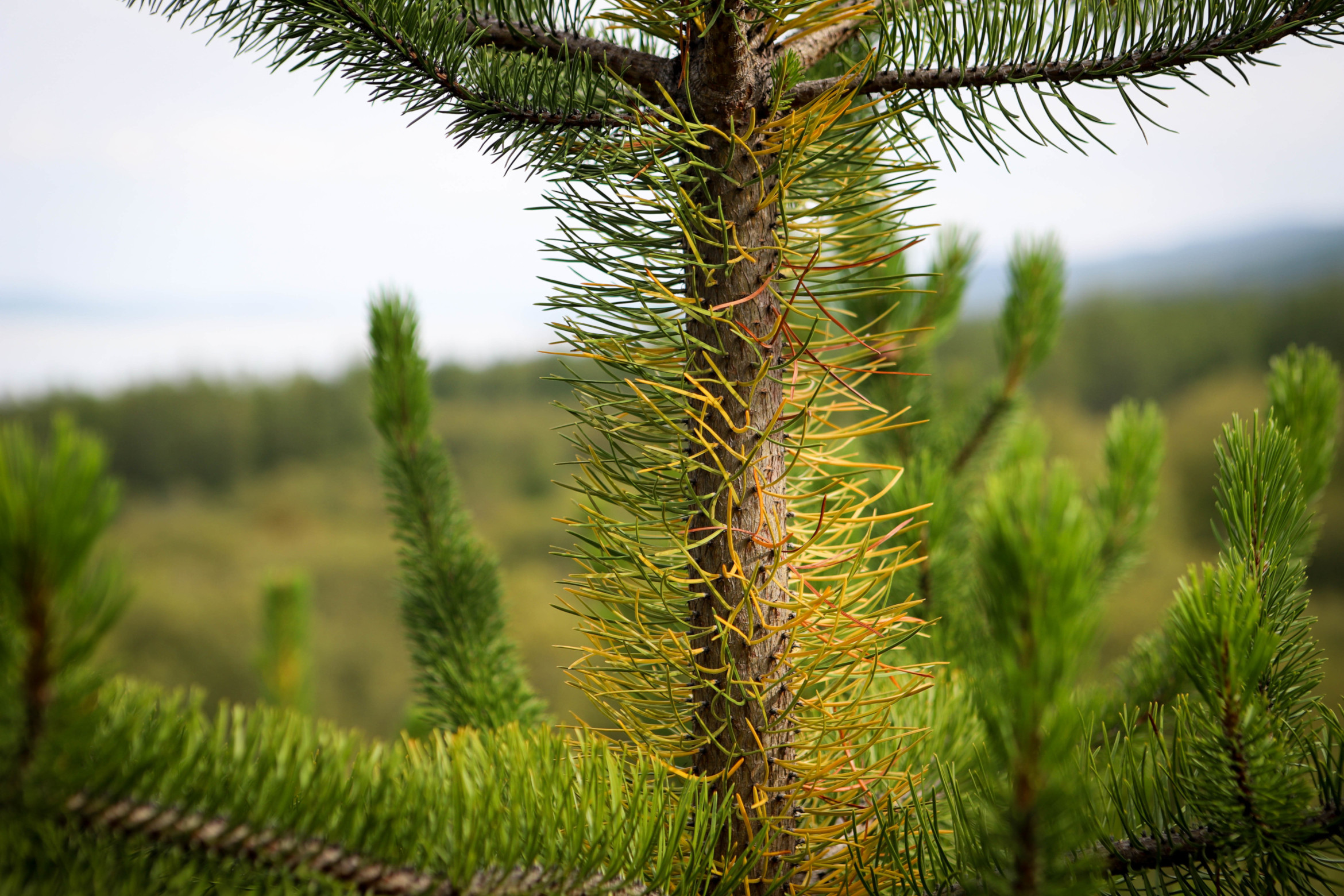

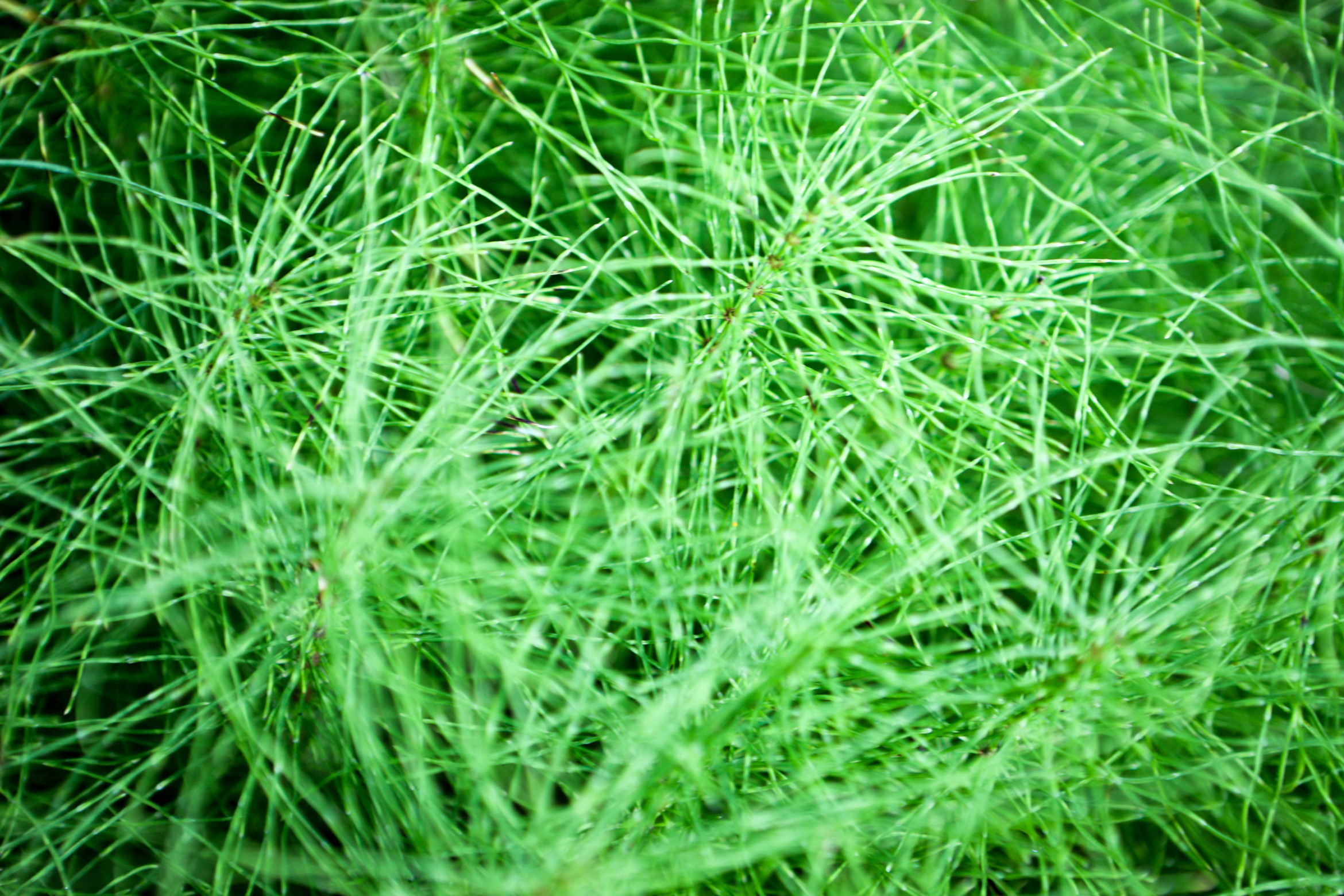
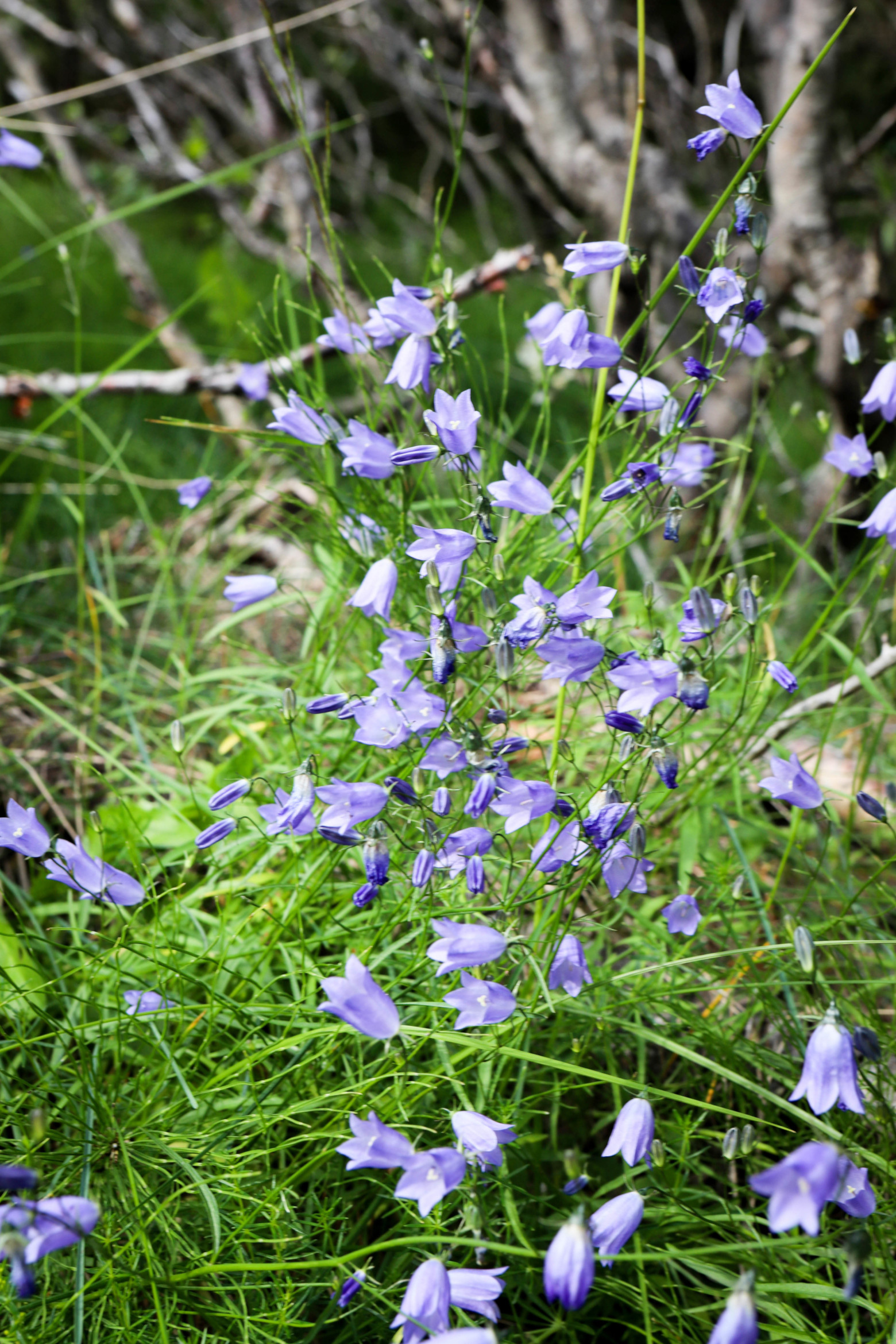
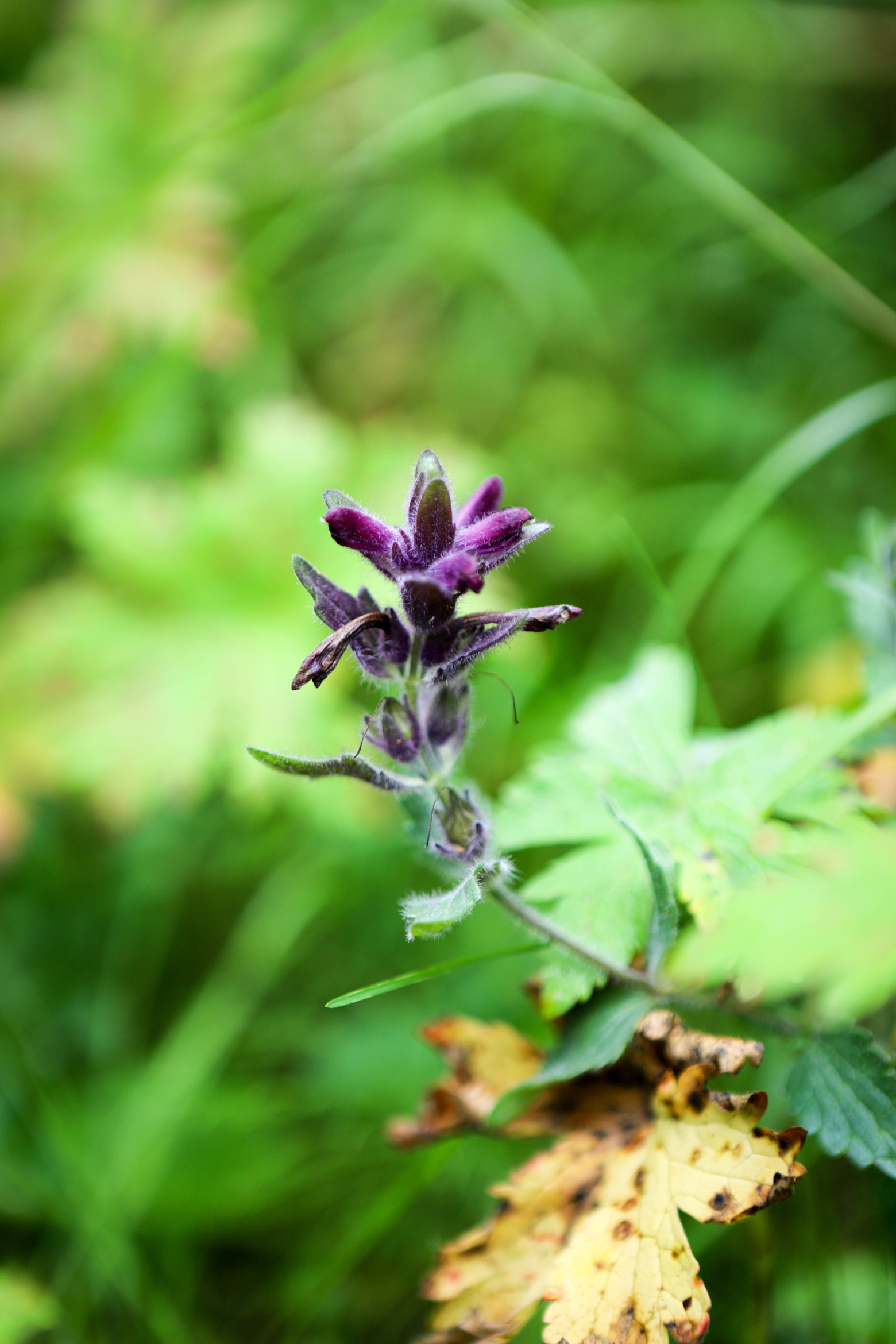
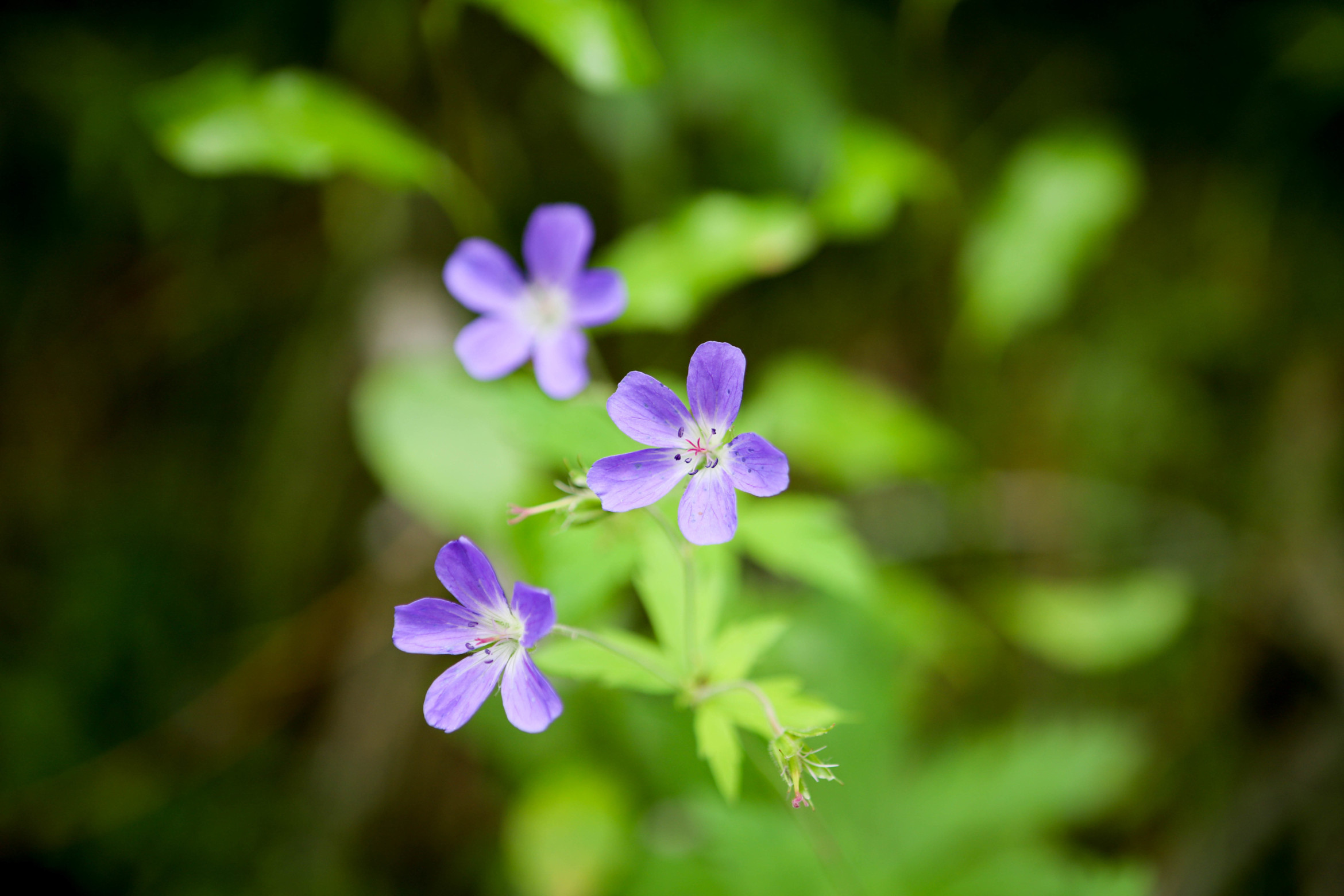

Lupins – I read about this phenomena before we left home. In summary, concerned about erosion, an Icelandic man visited places with similar climates and brought back lupins to help hold the soil together. He returned with a handful of seeds and now there are lupins EVERYWHERE! We missed the main flowering as we arrived a little too late, but there were still odd plants in flower.
